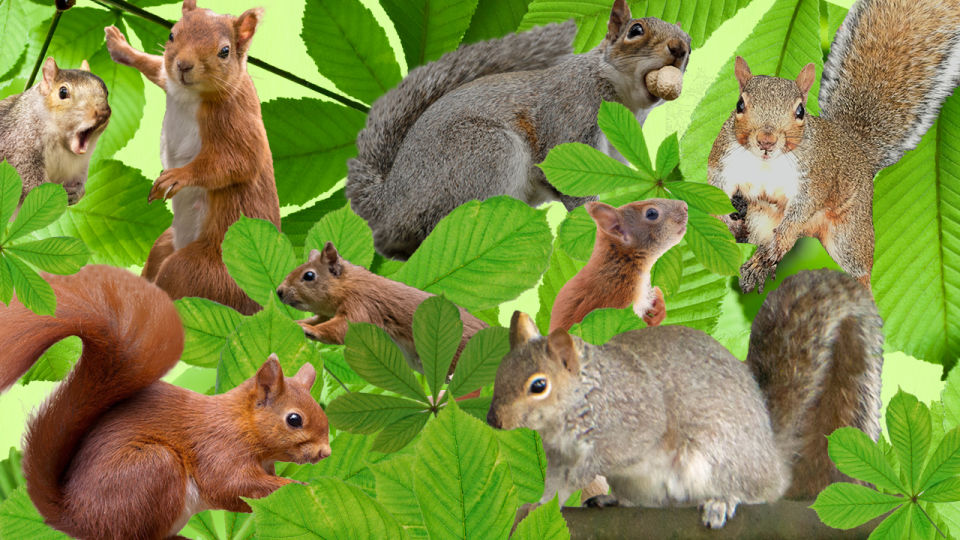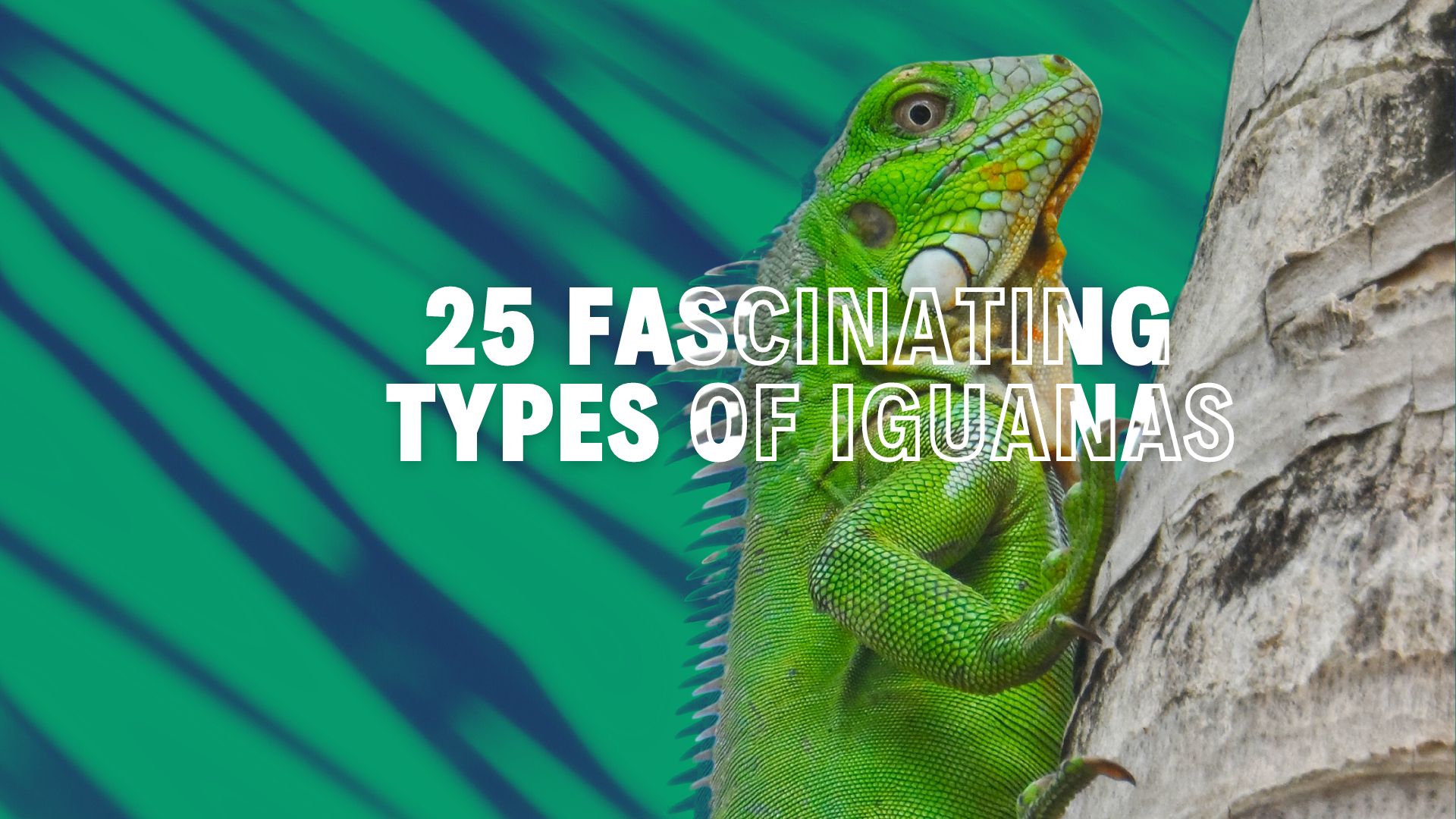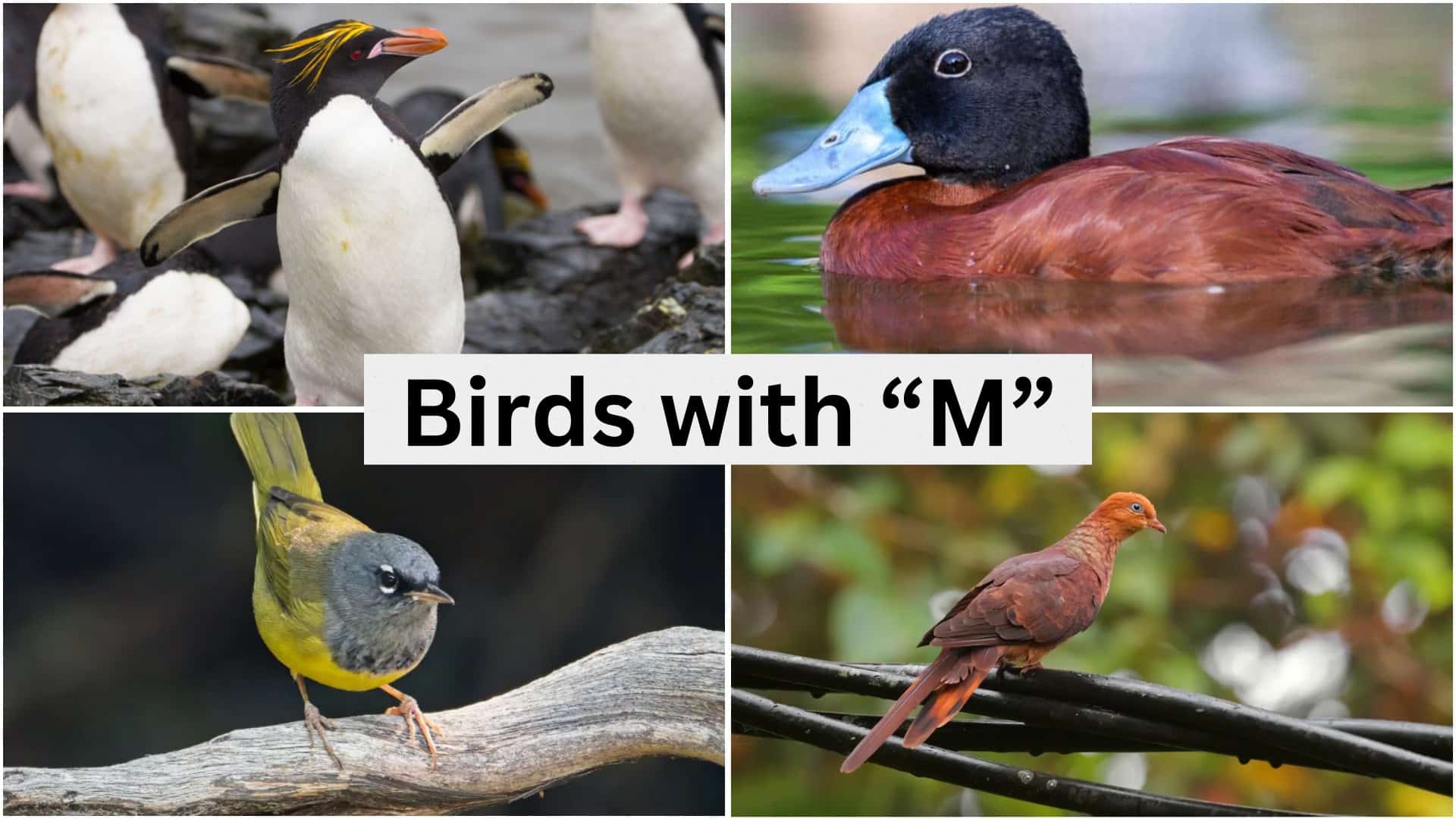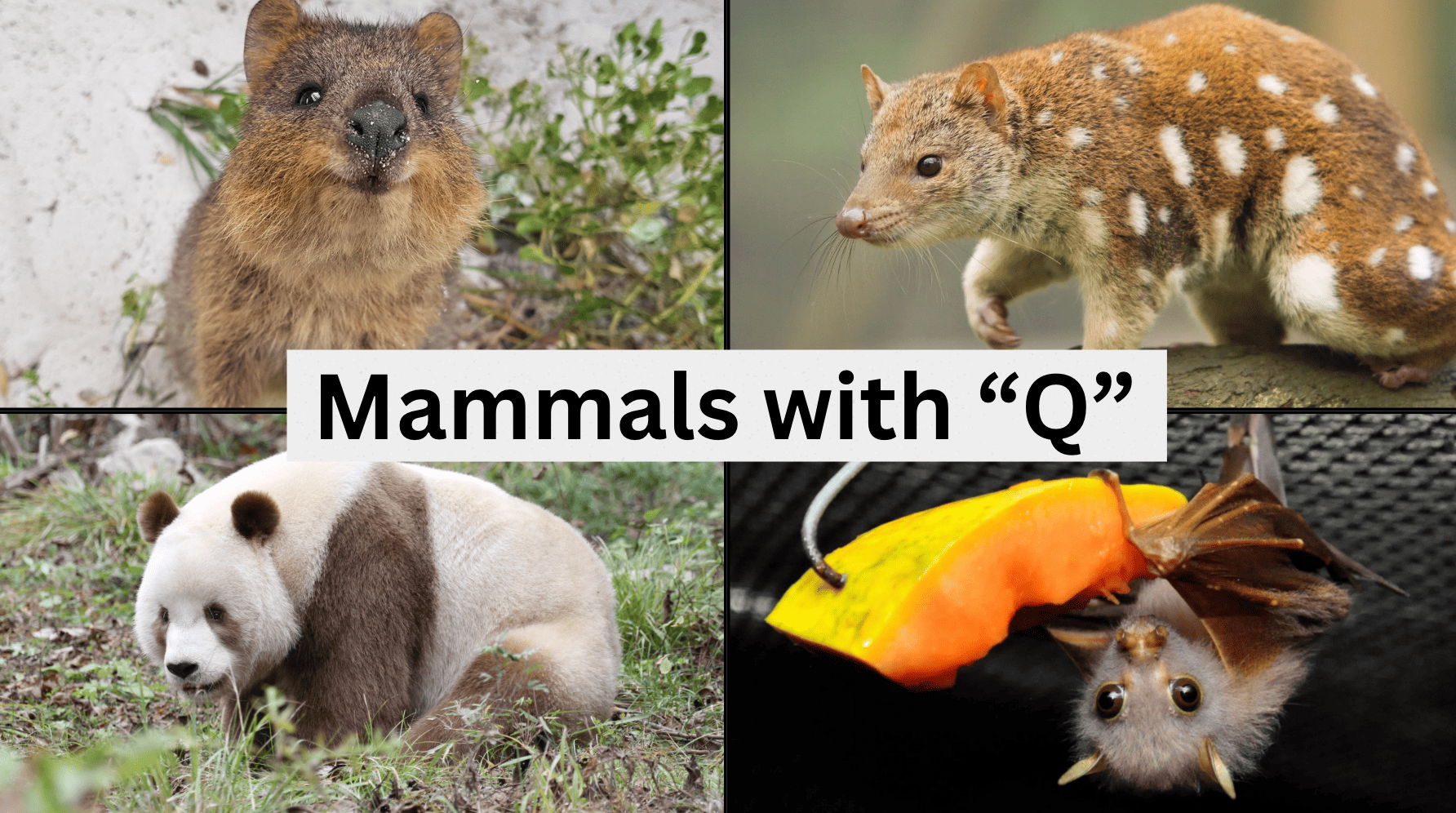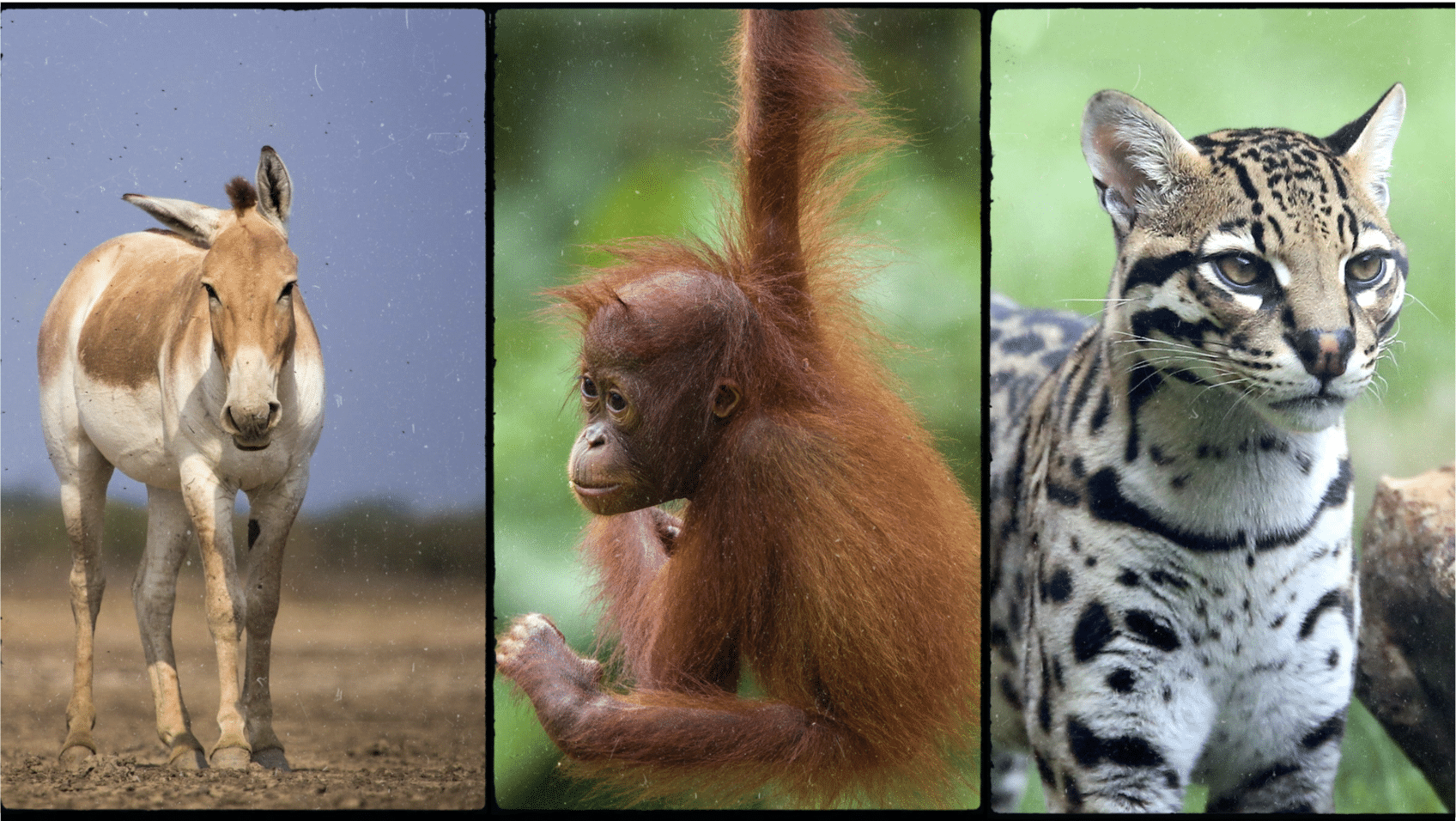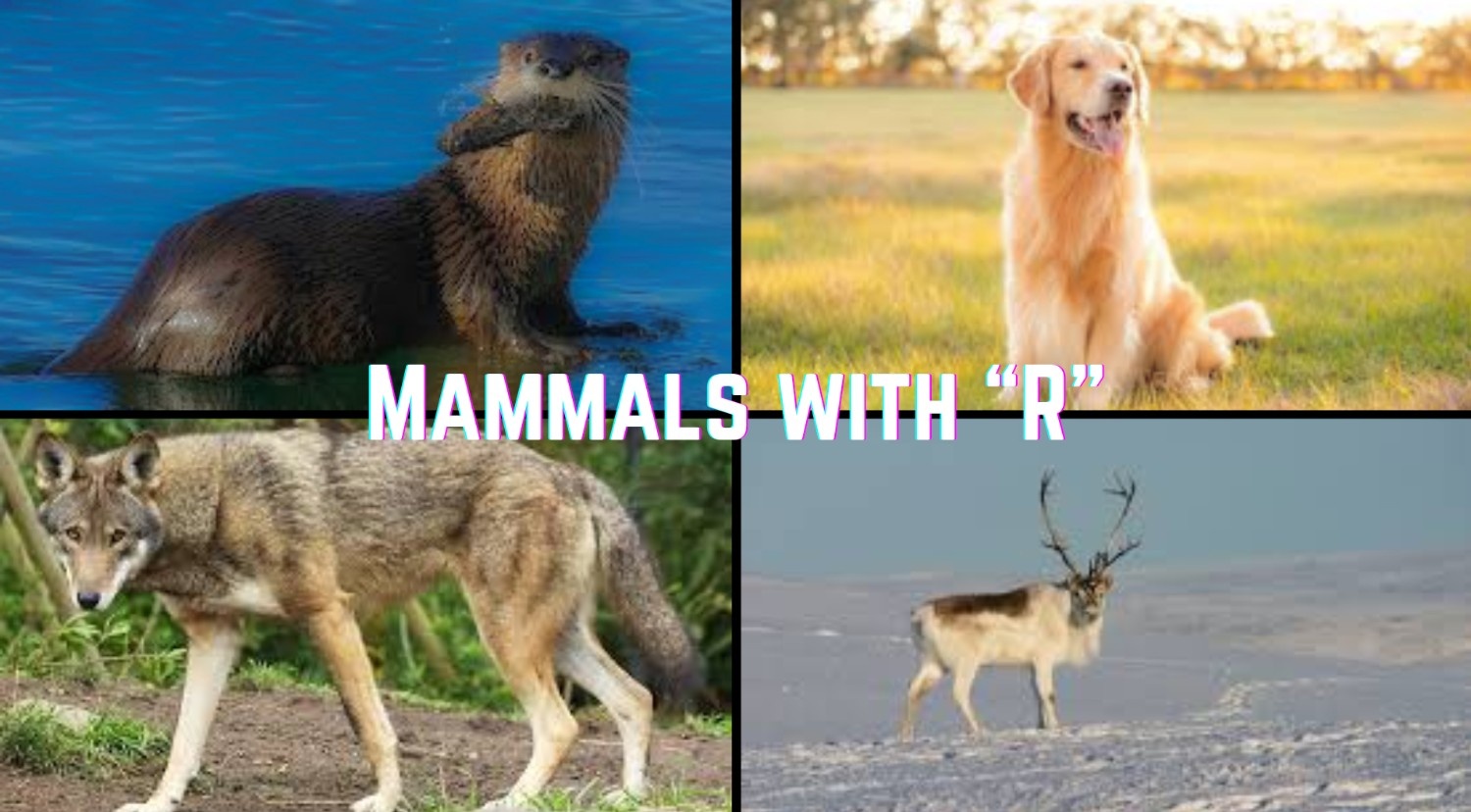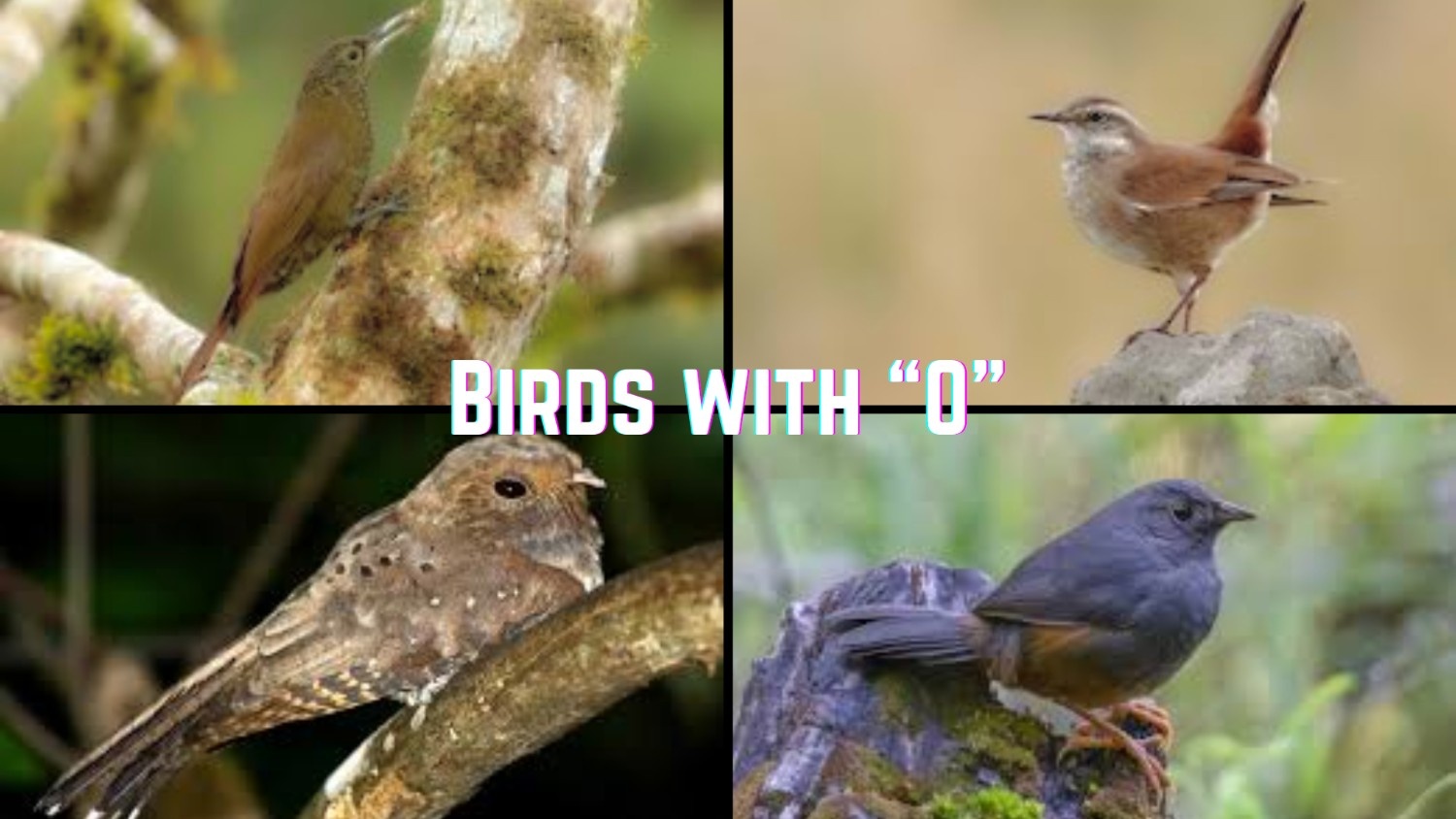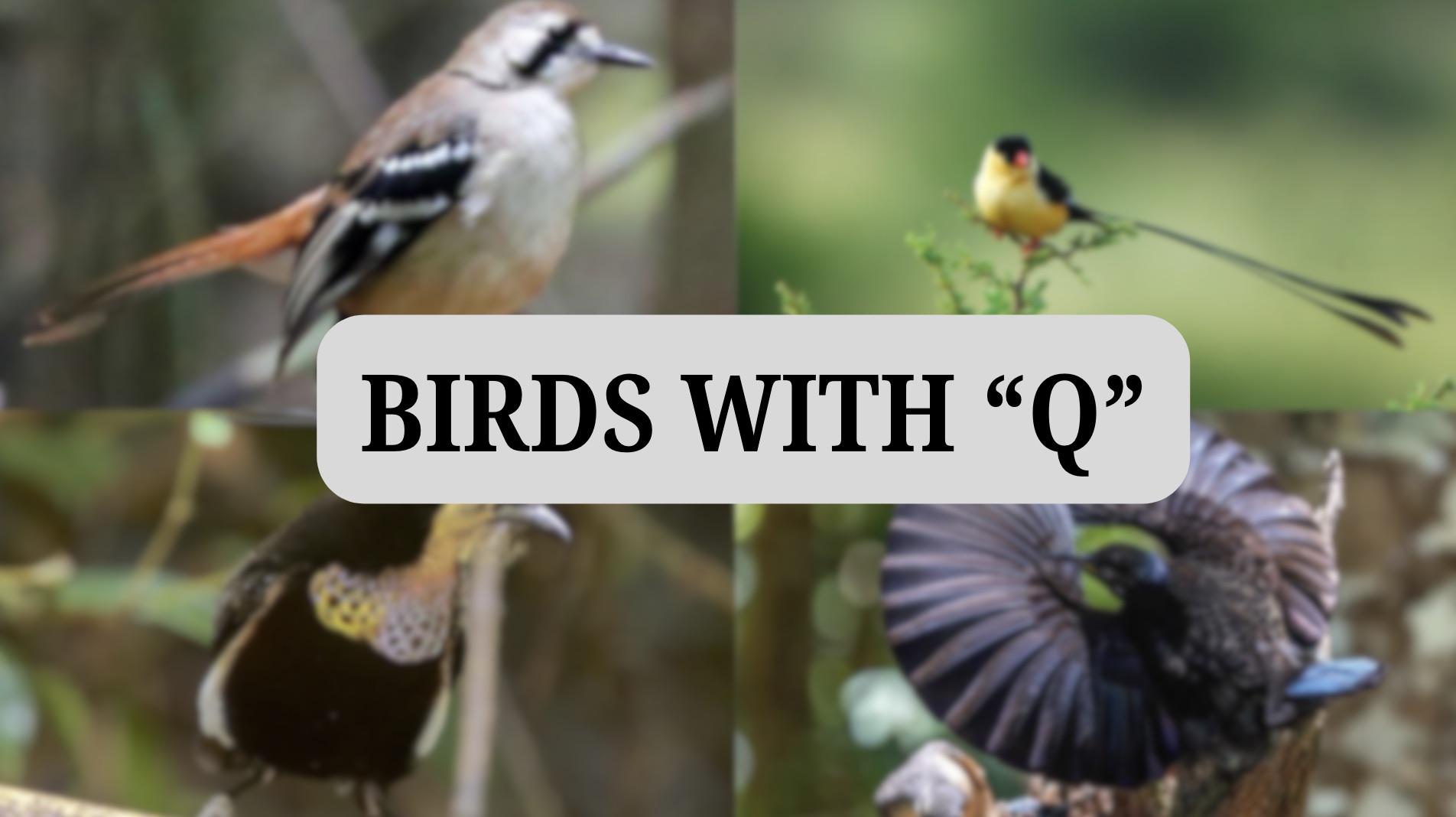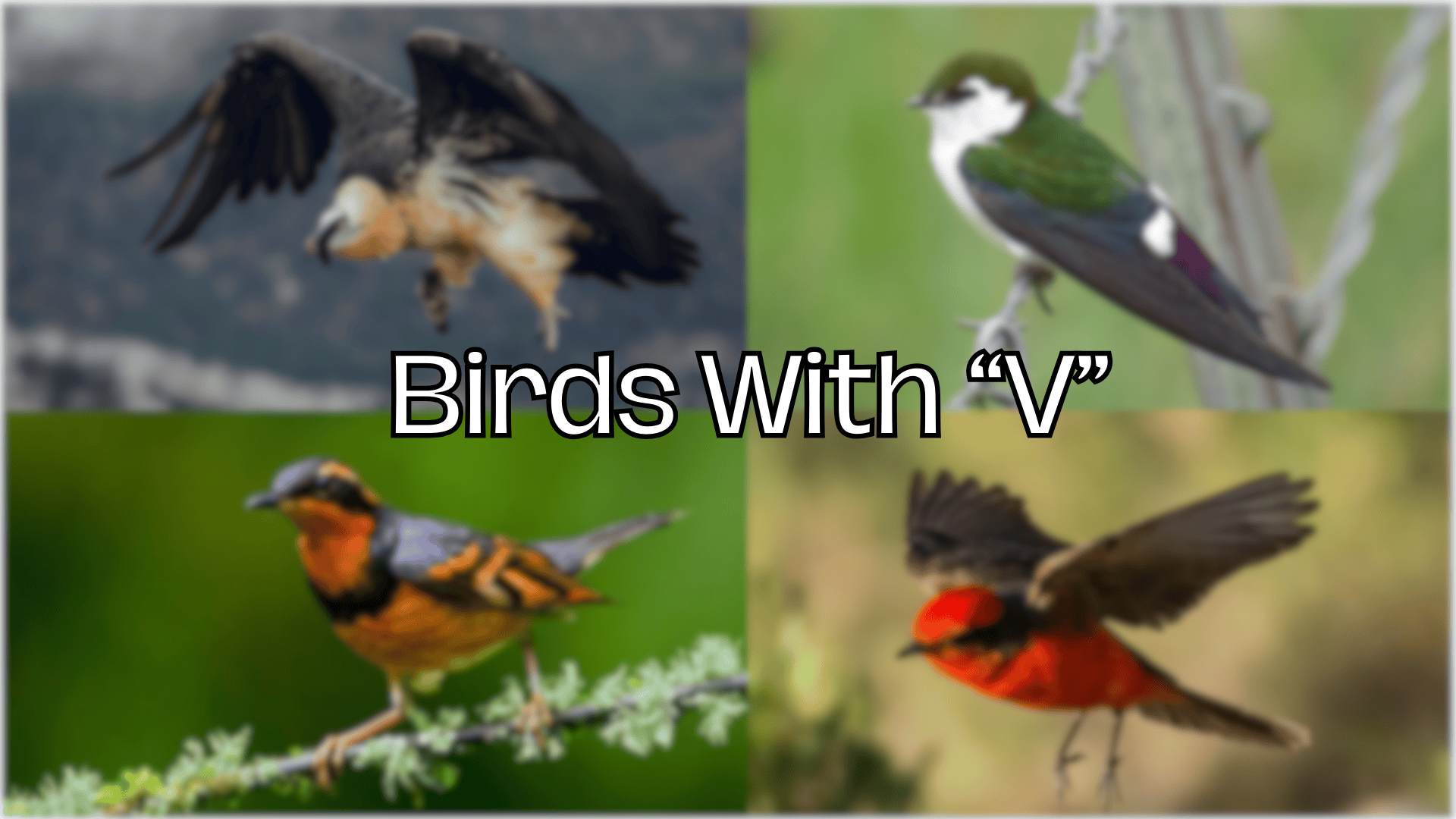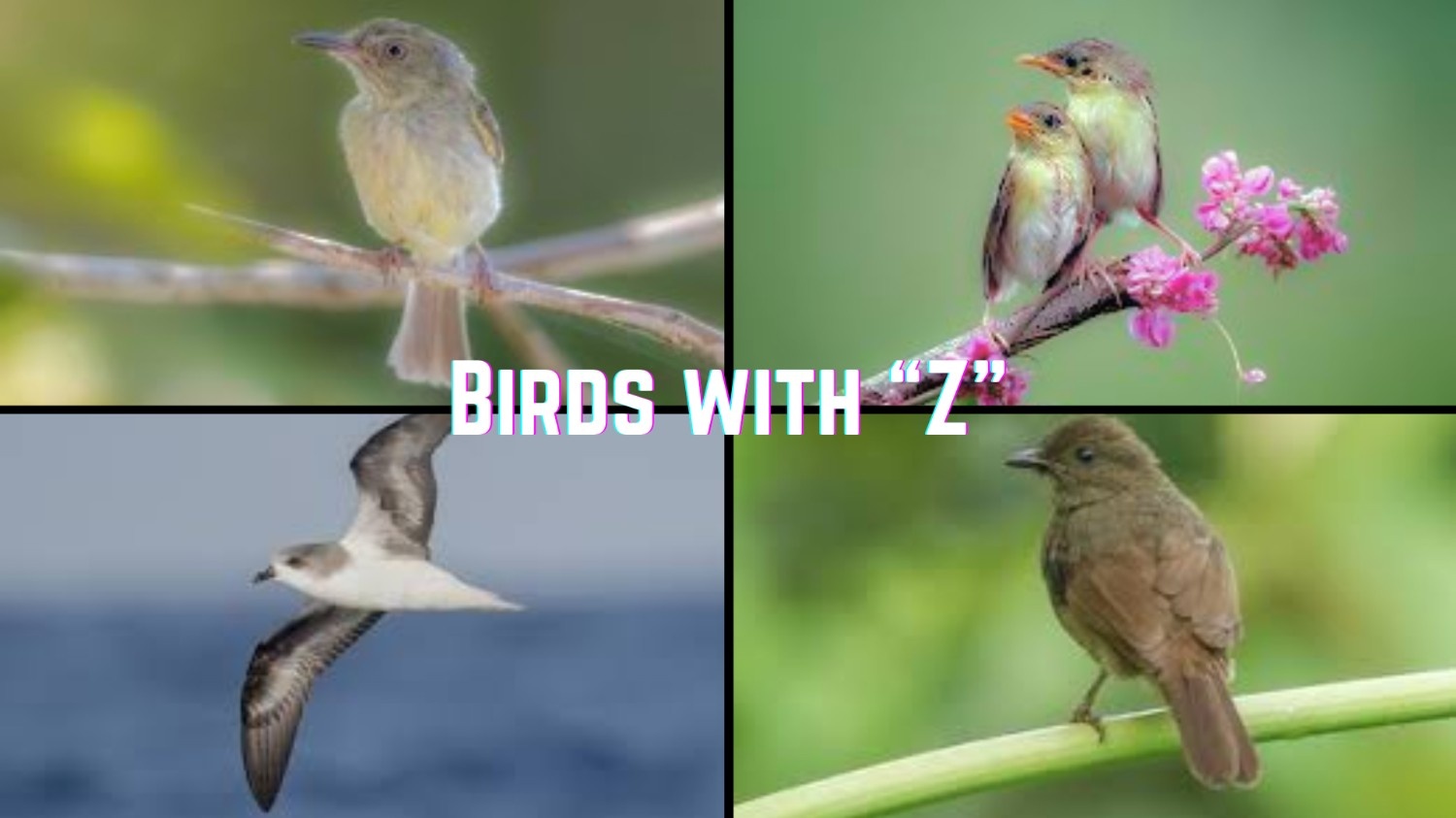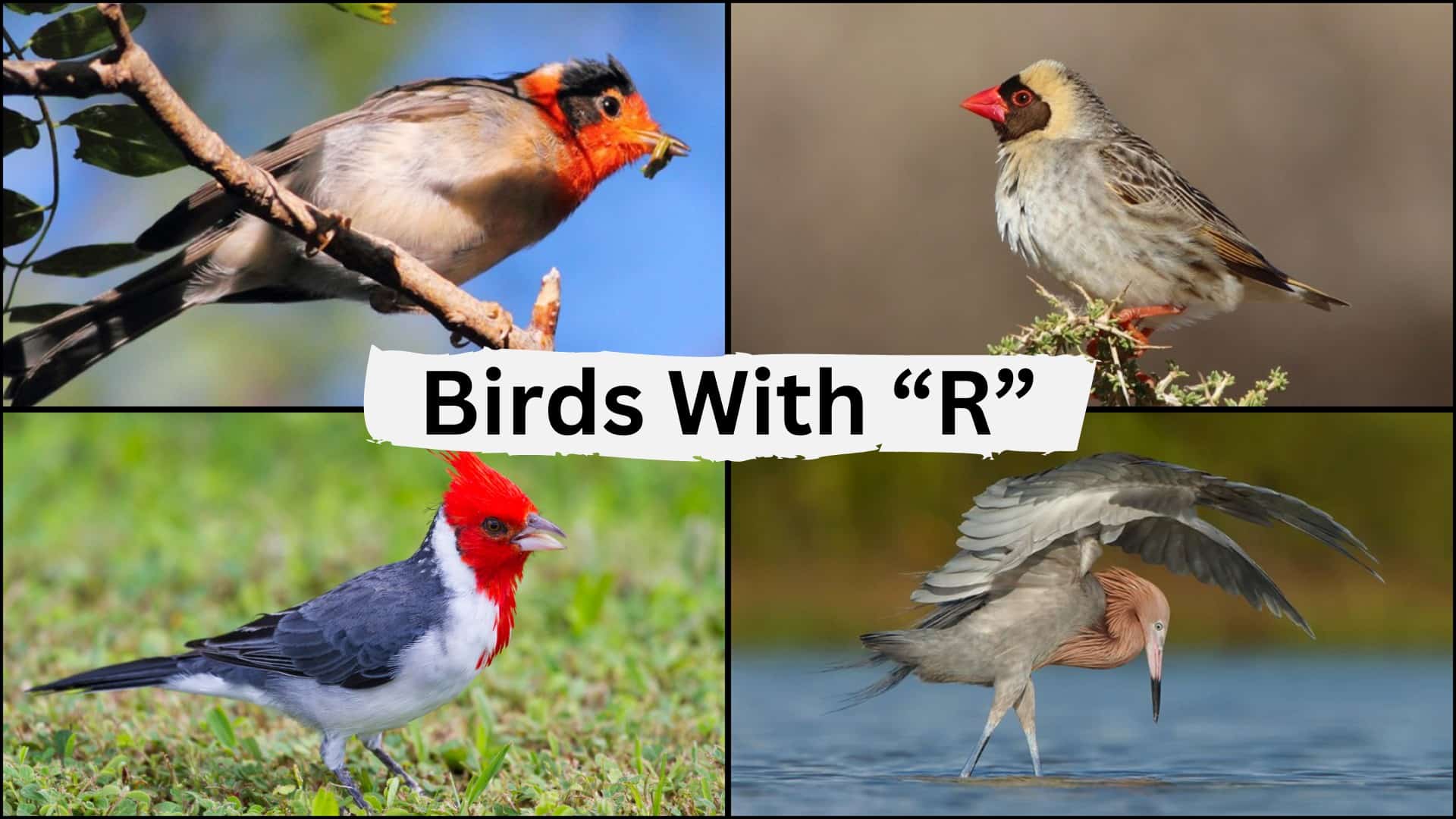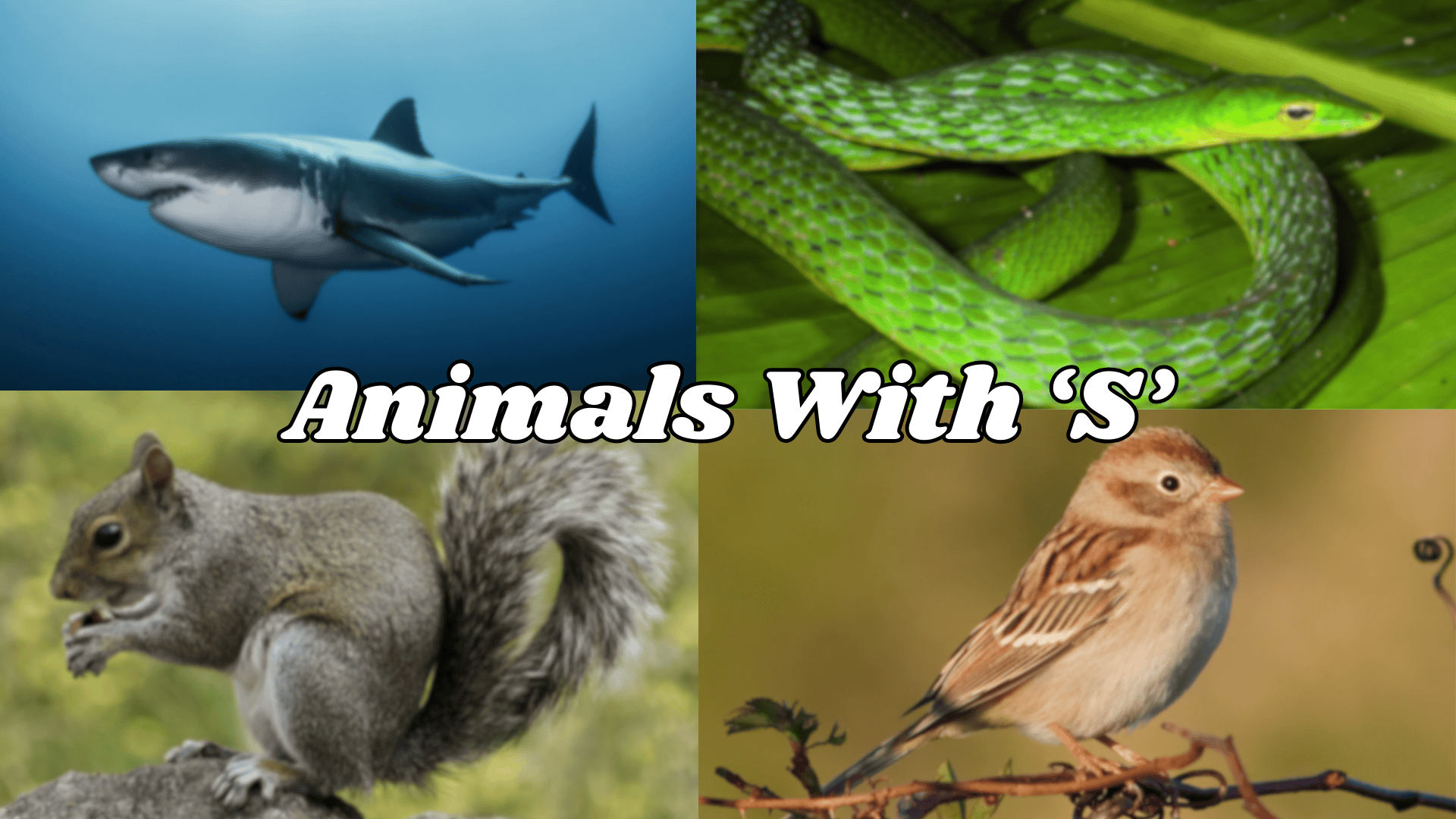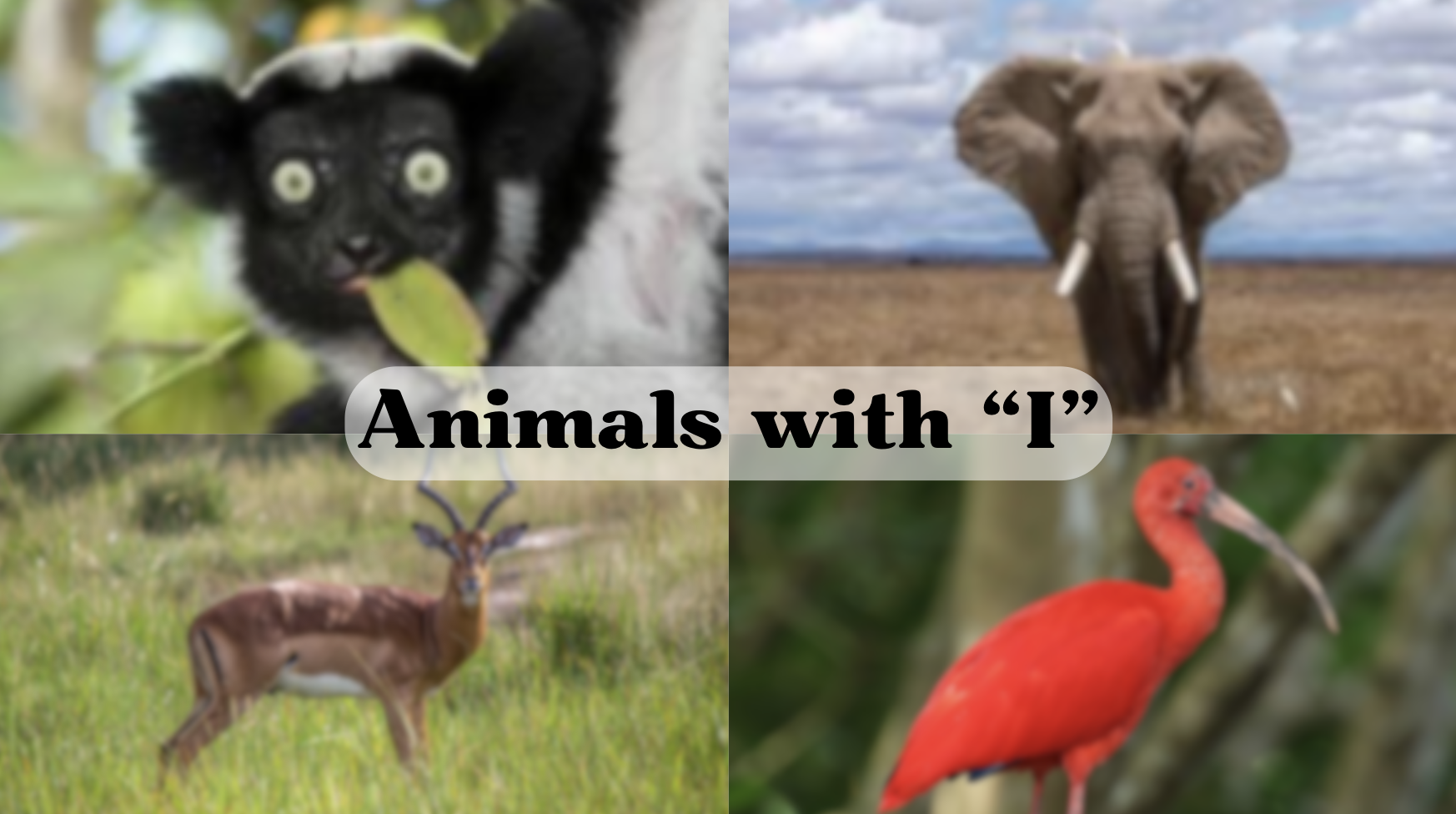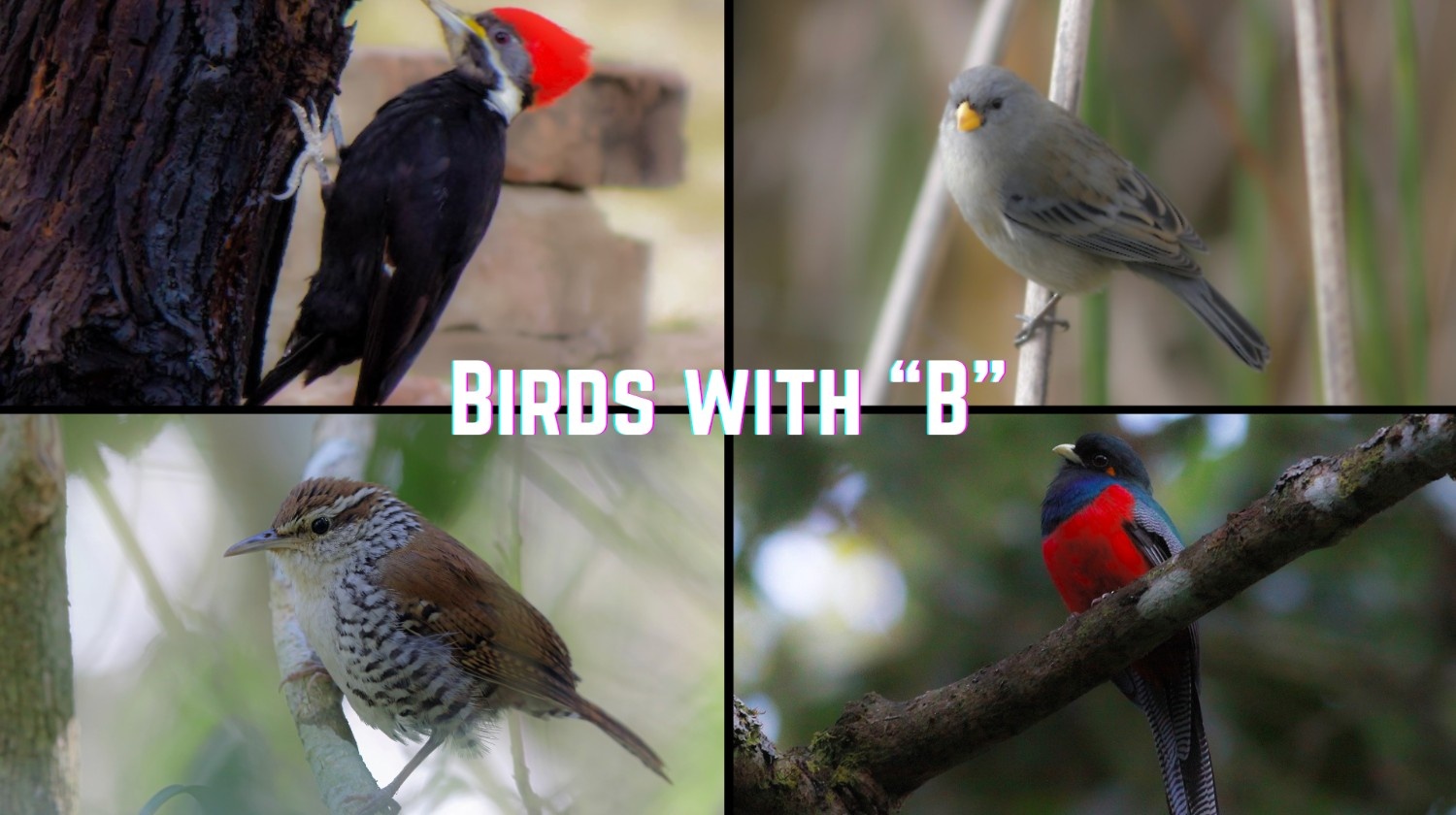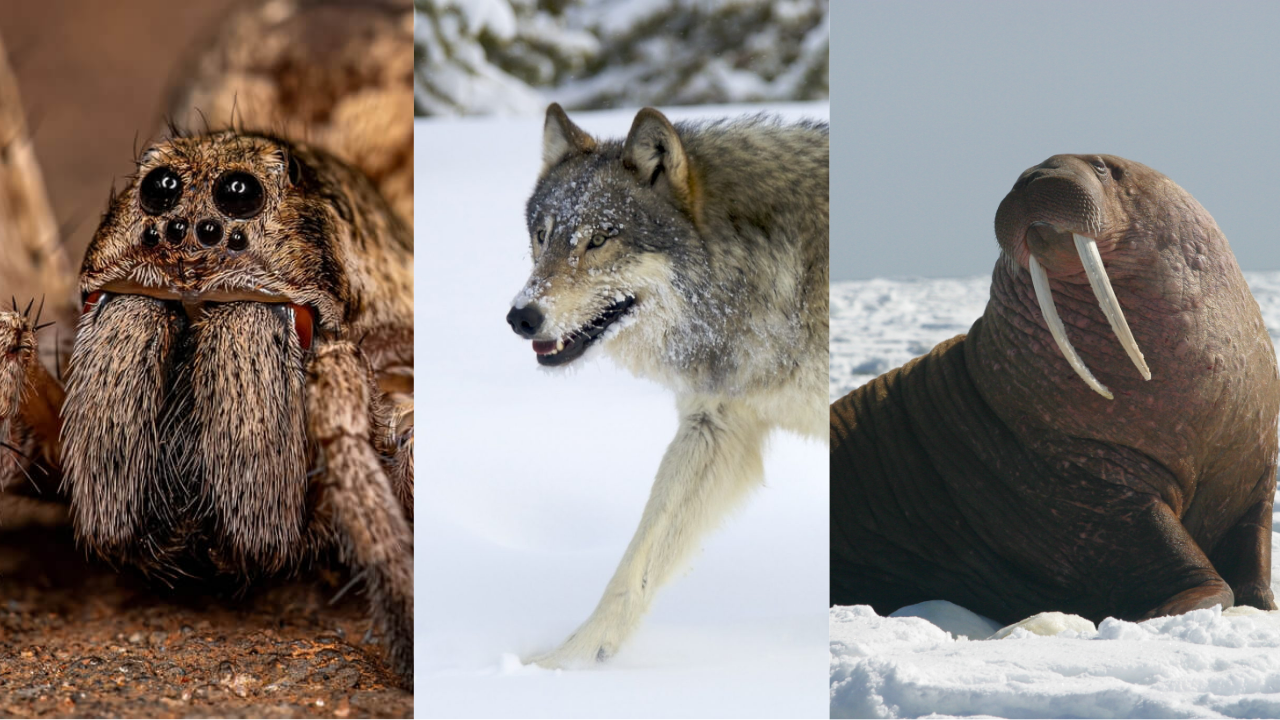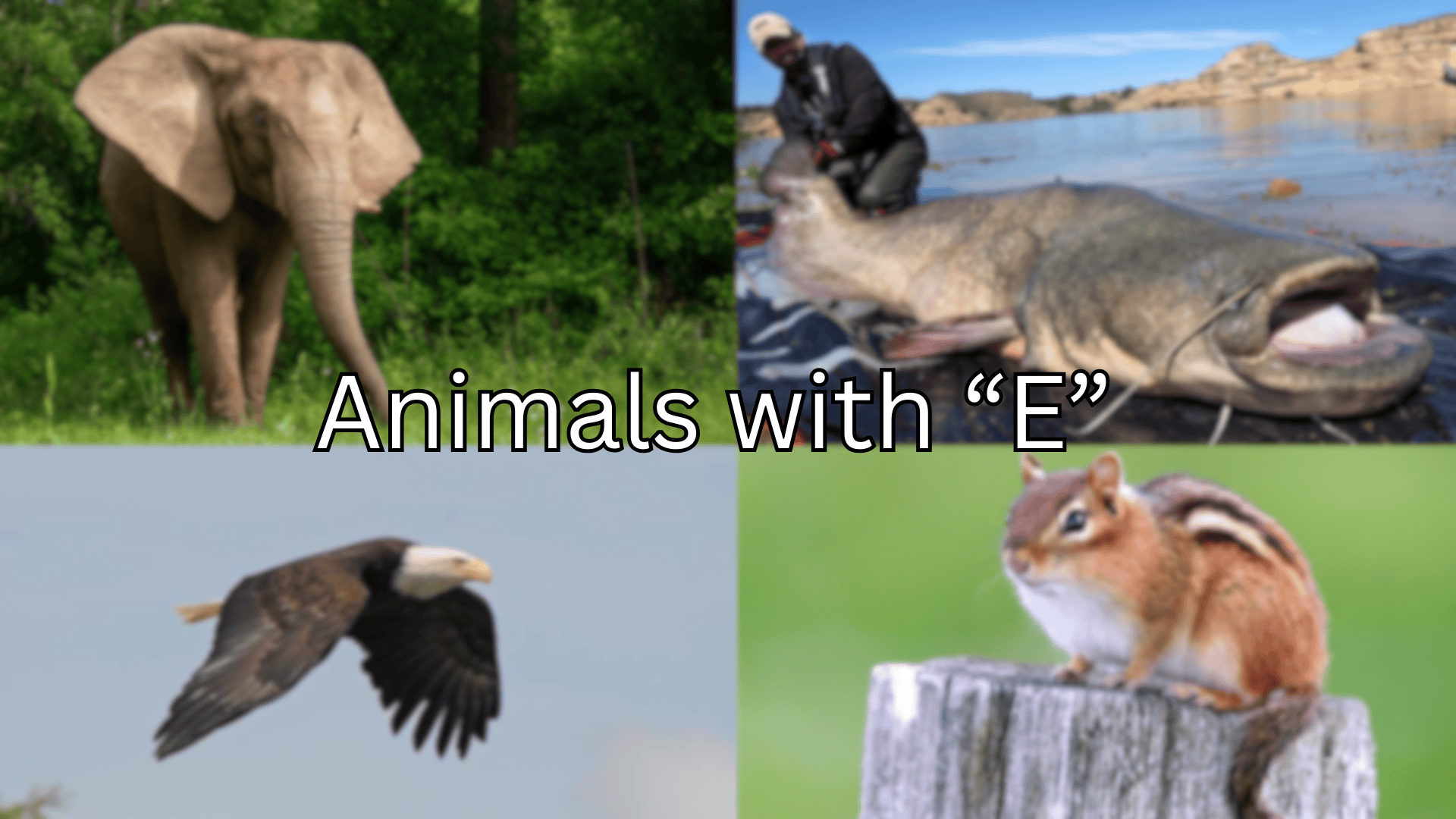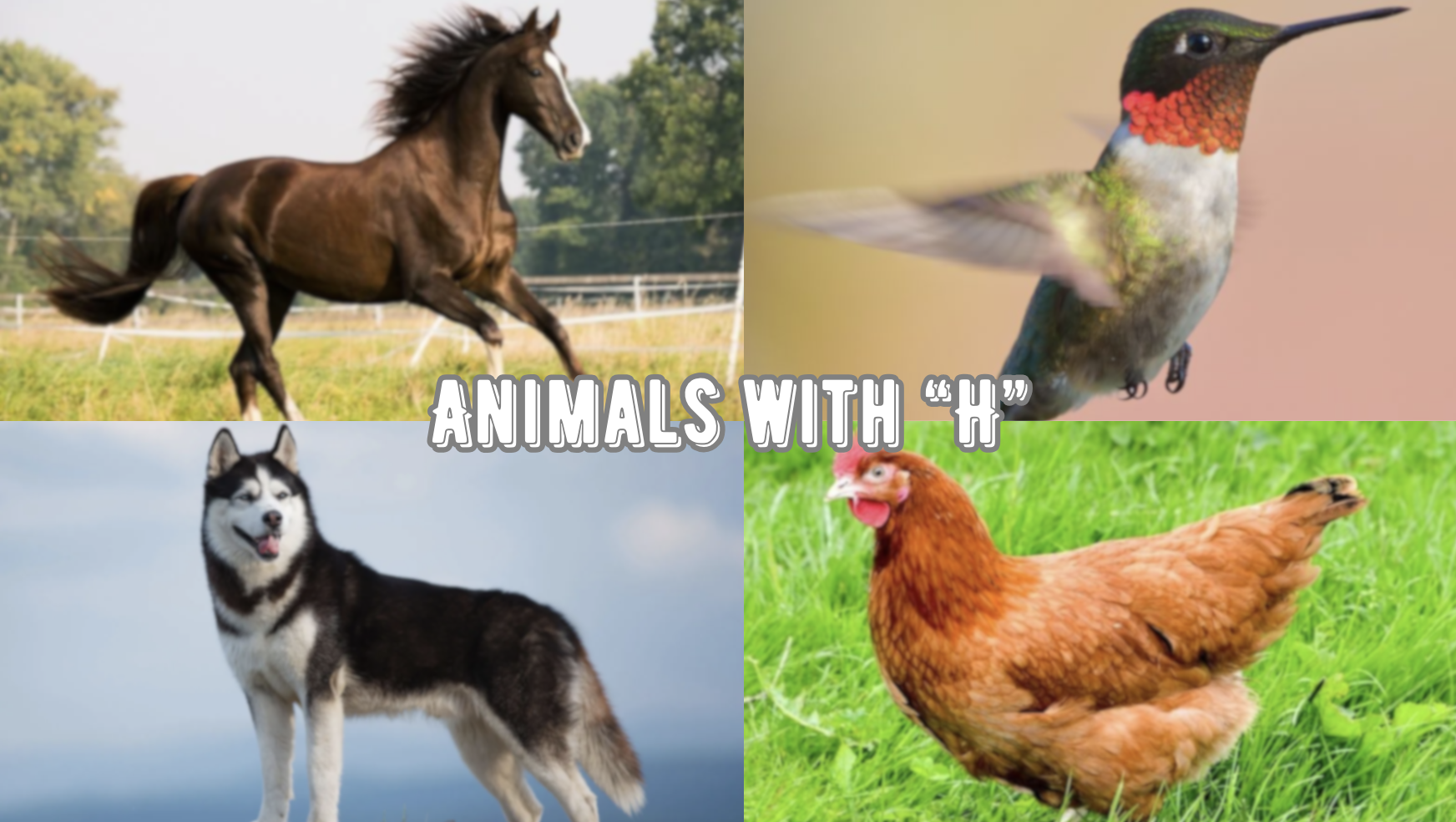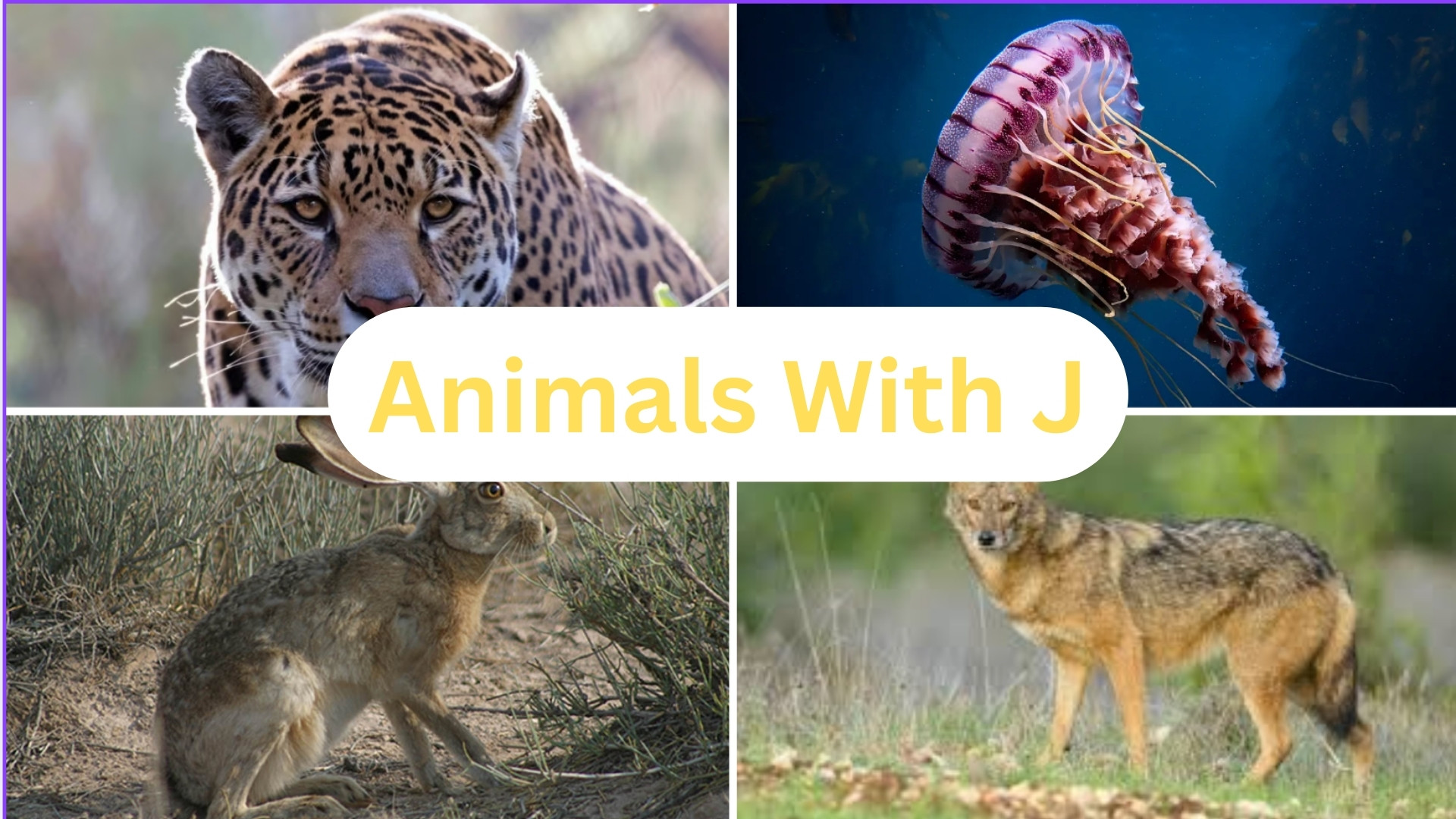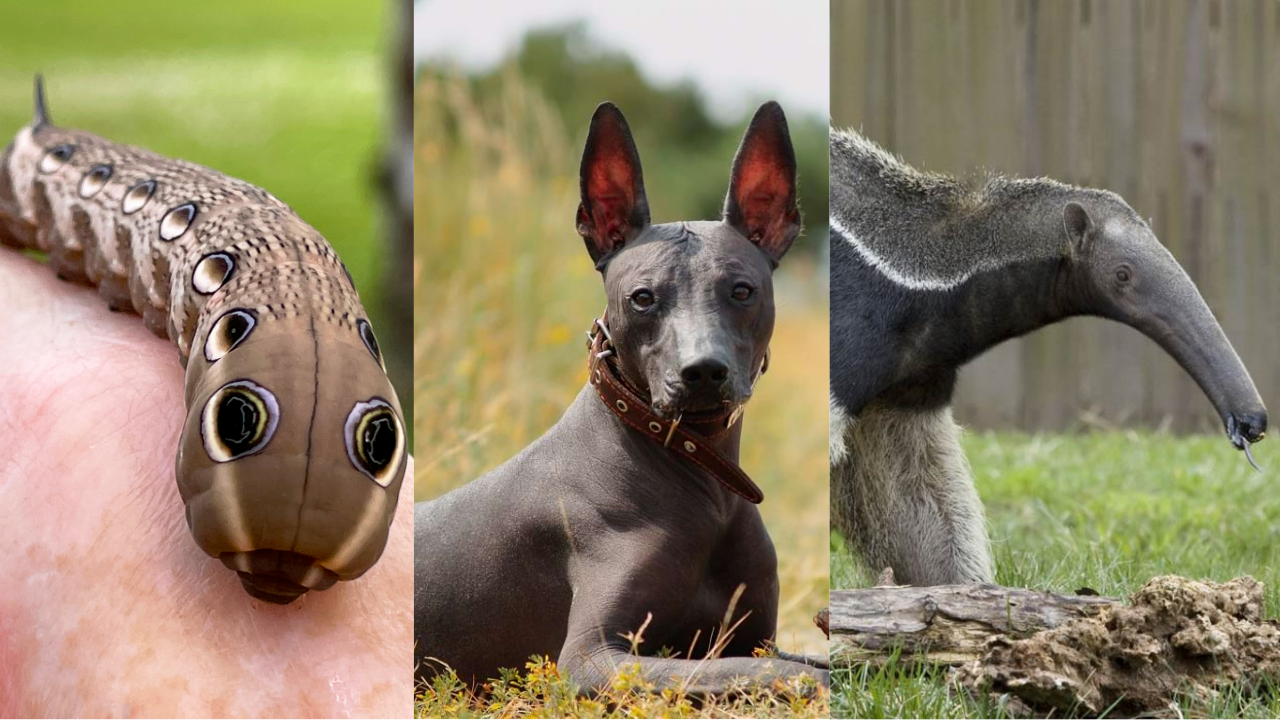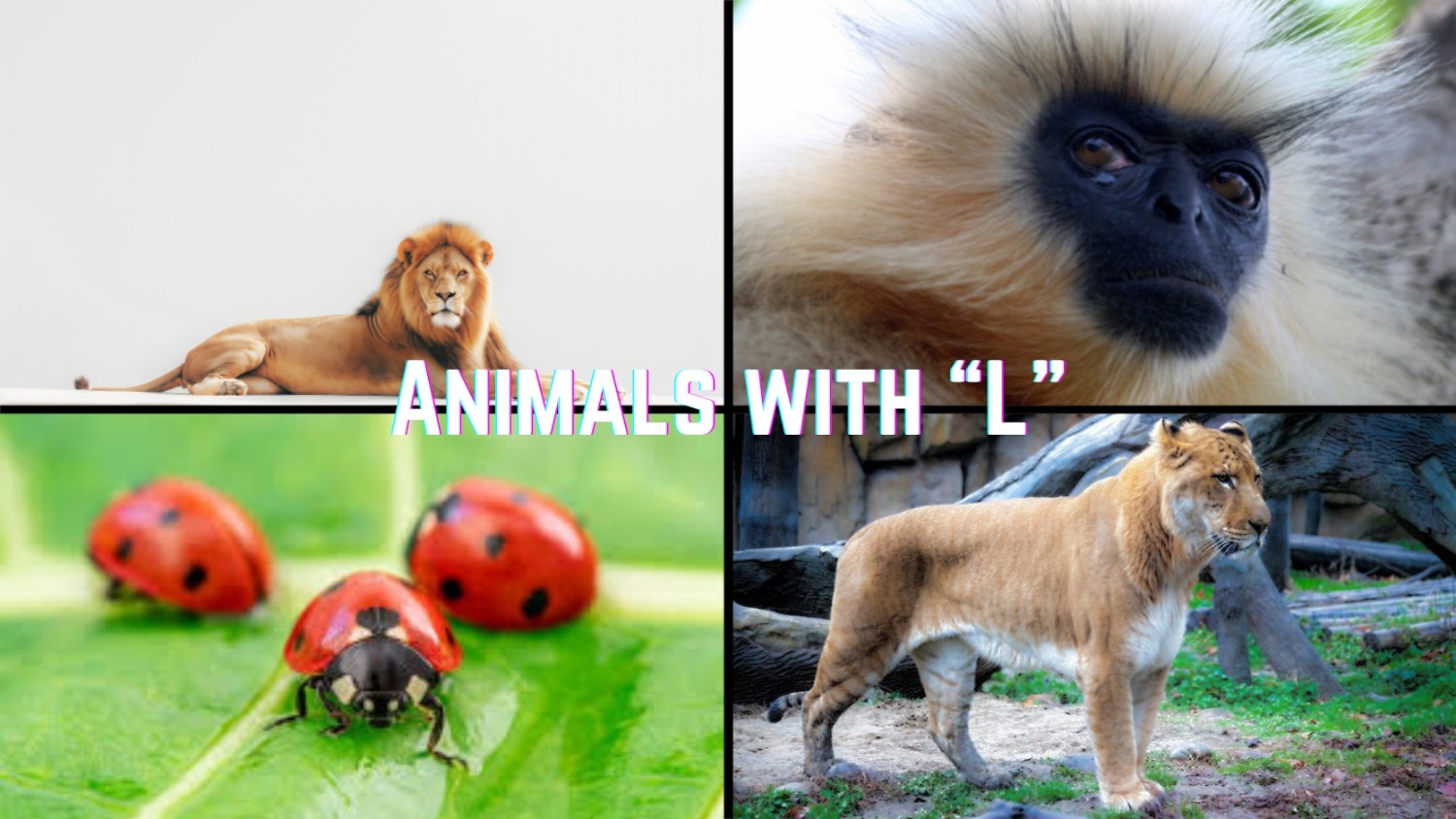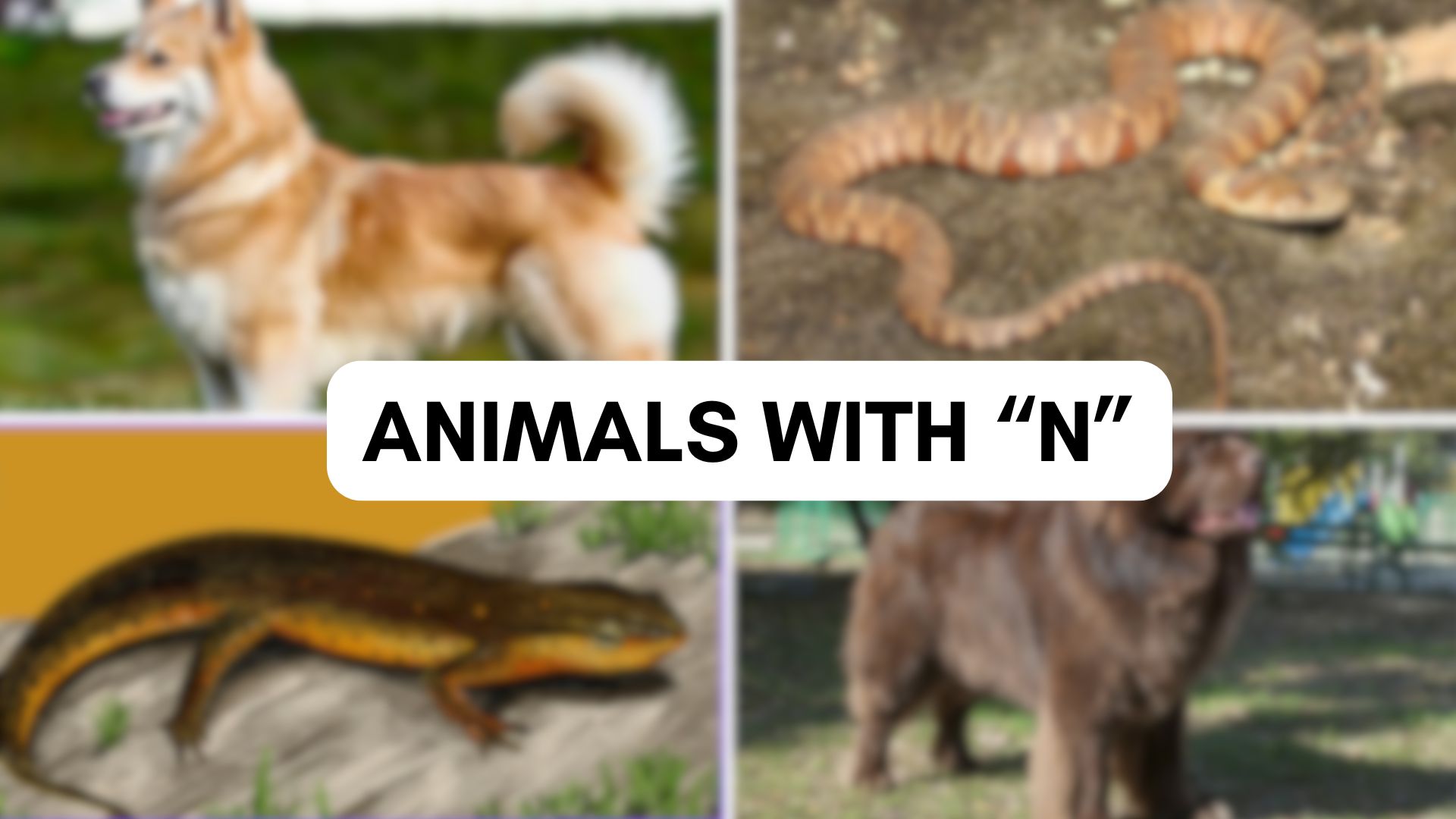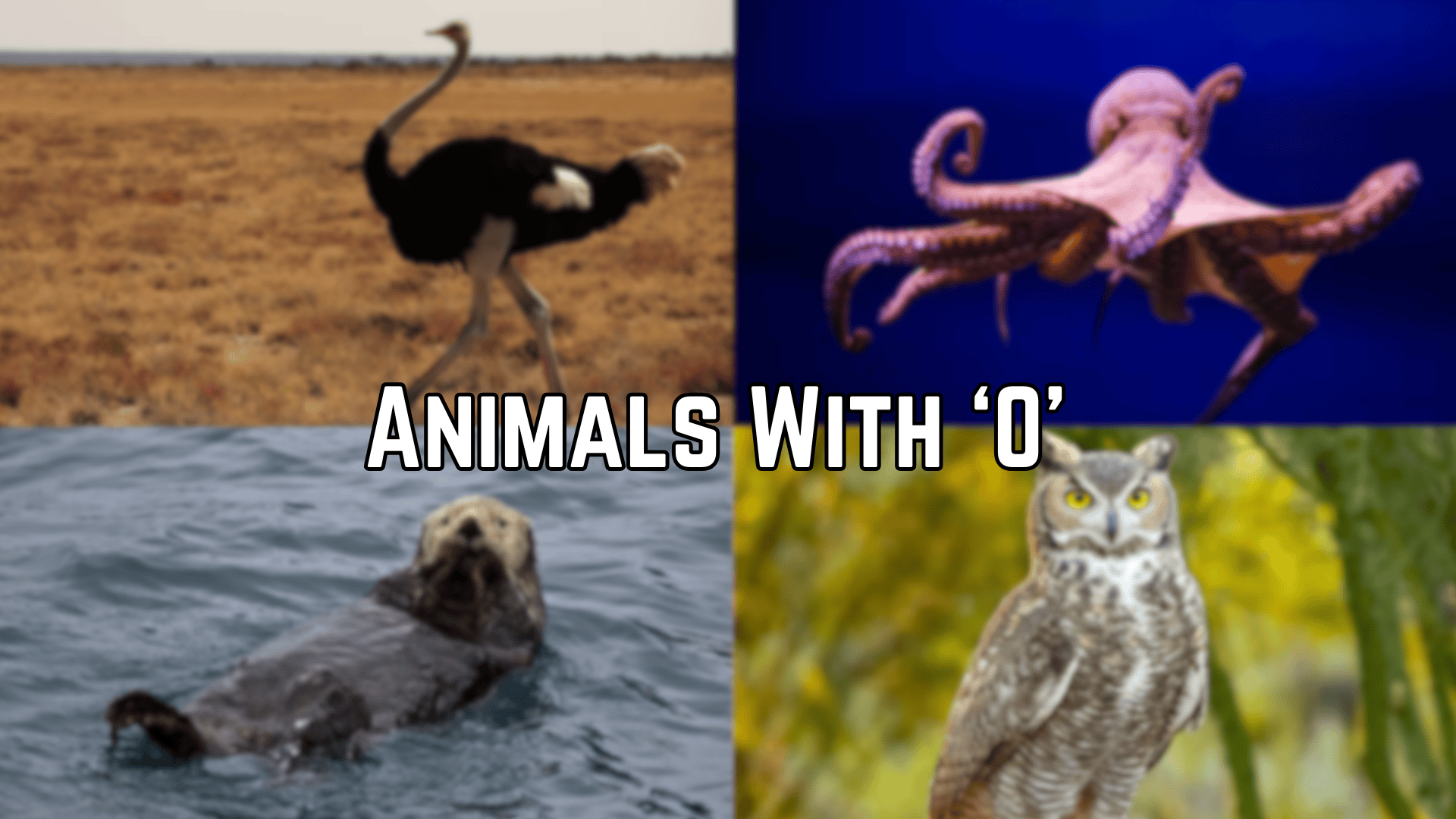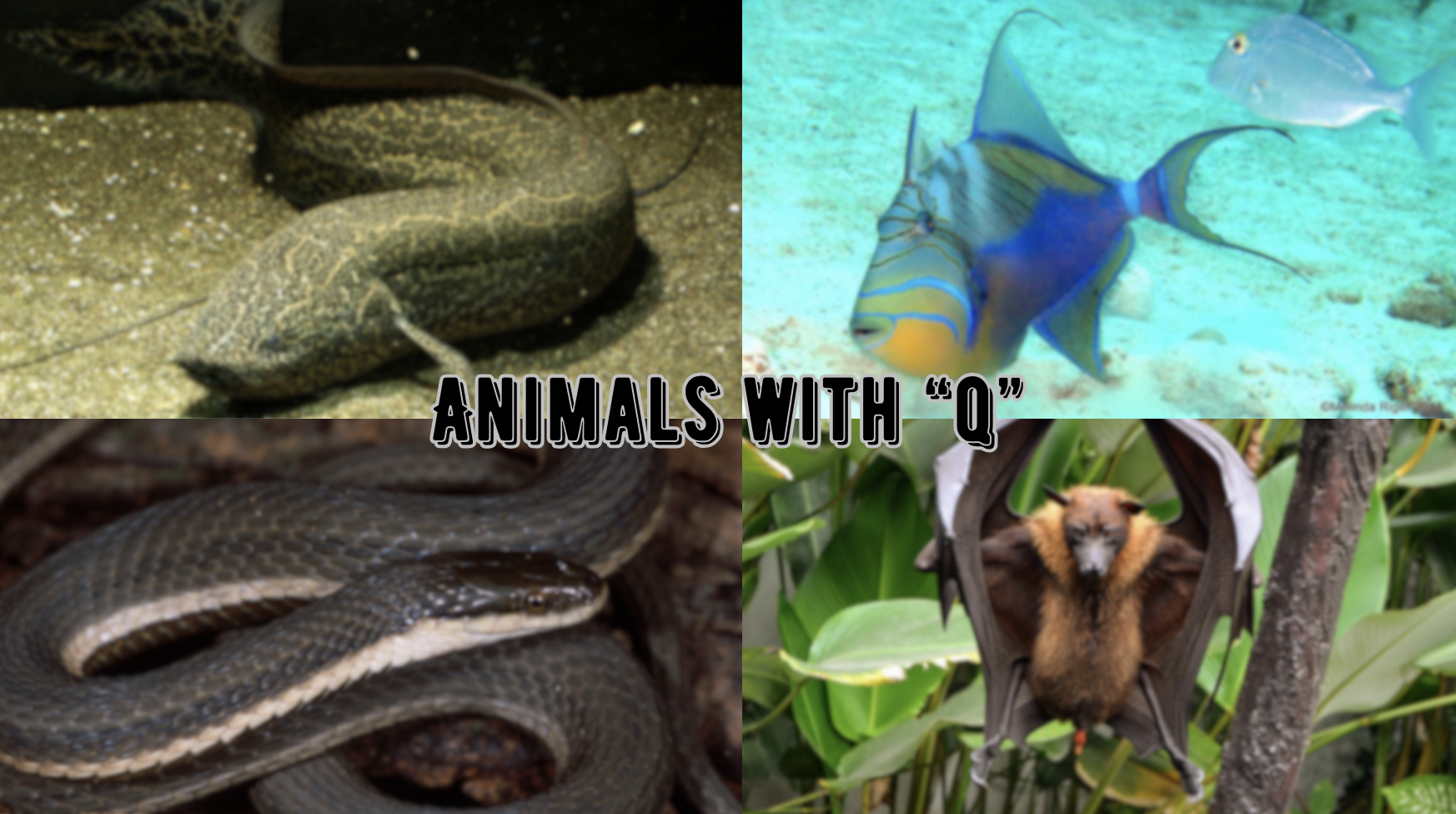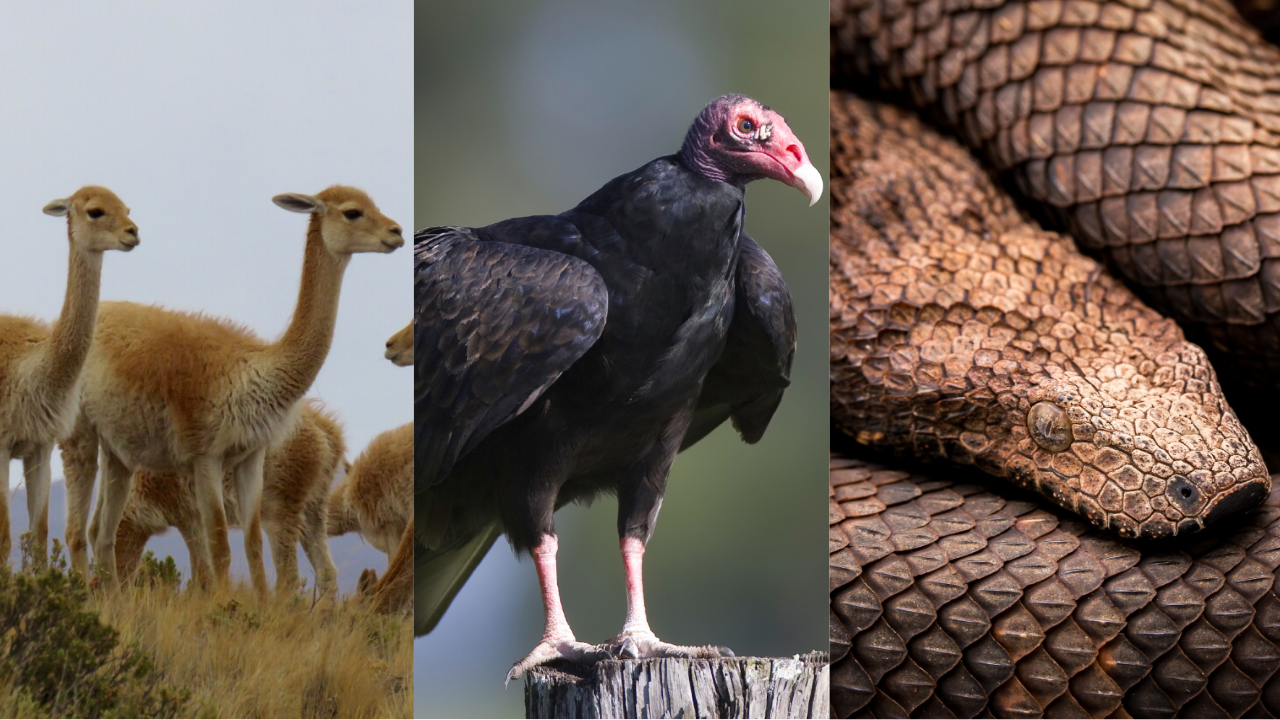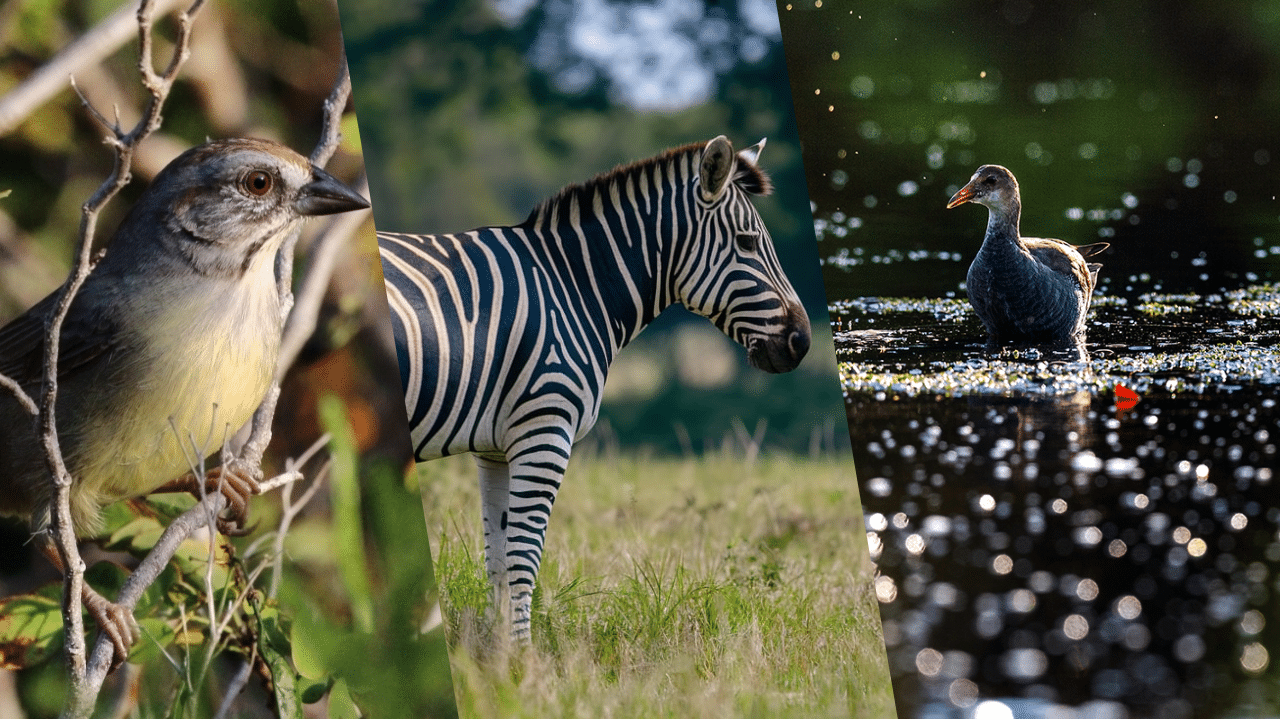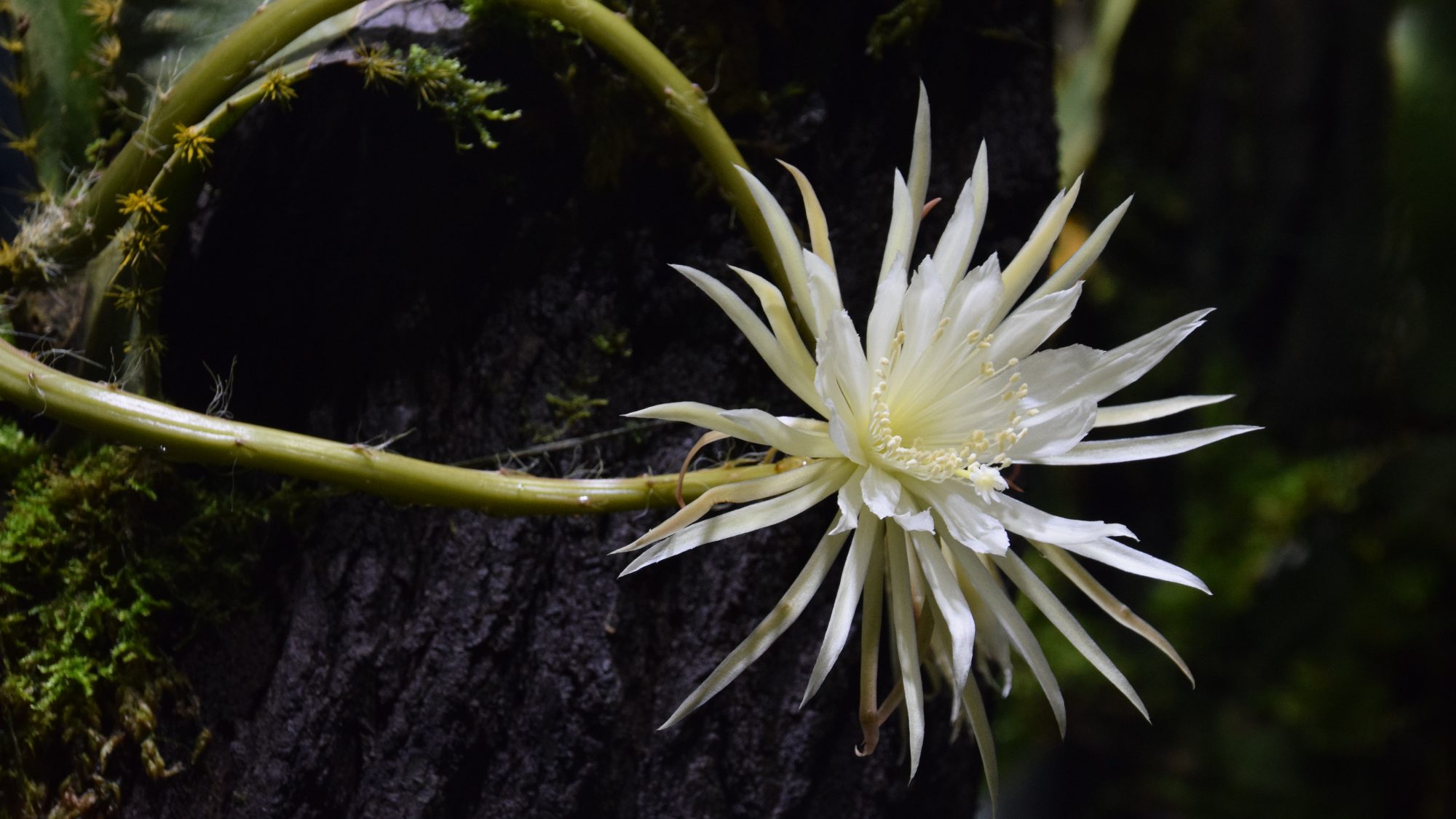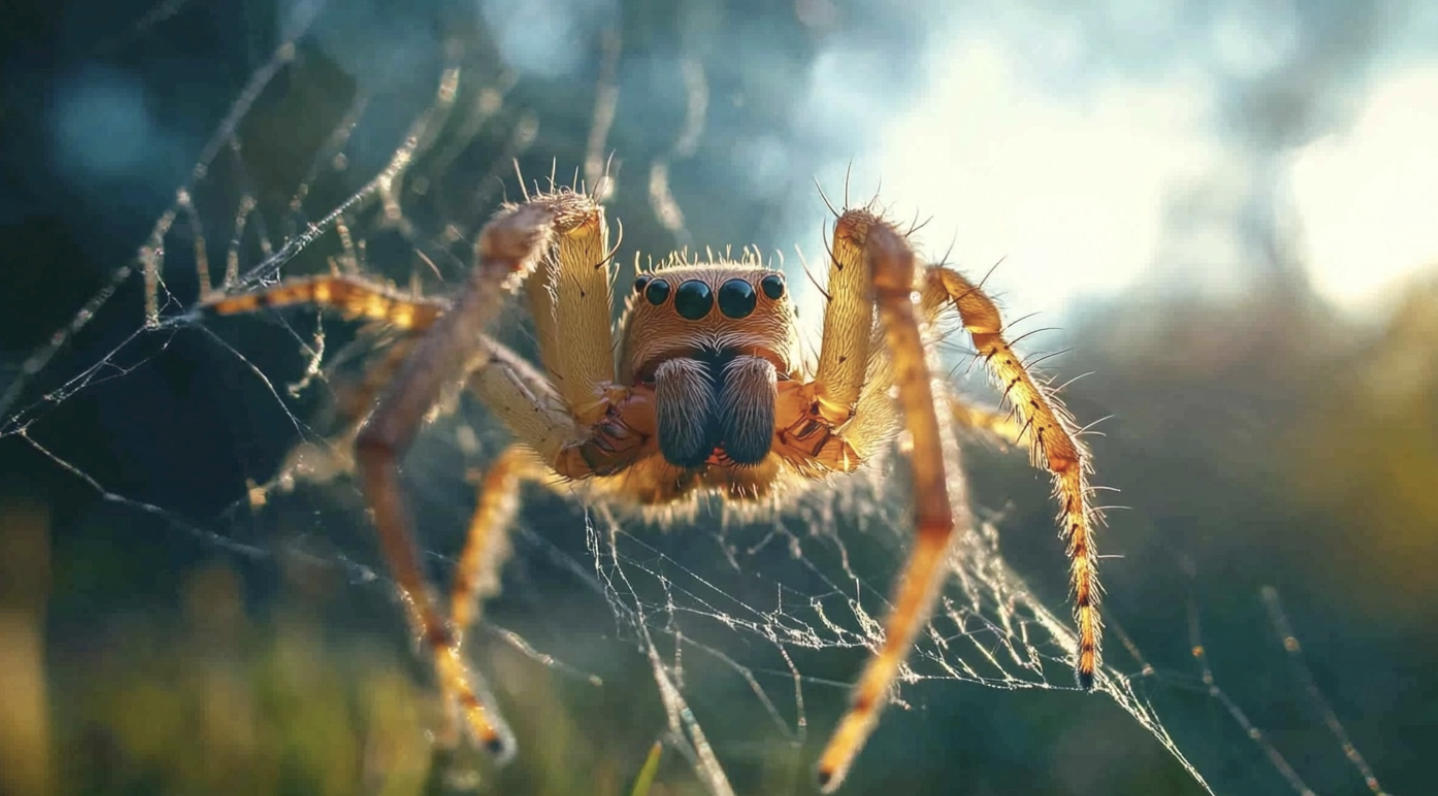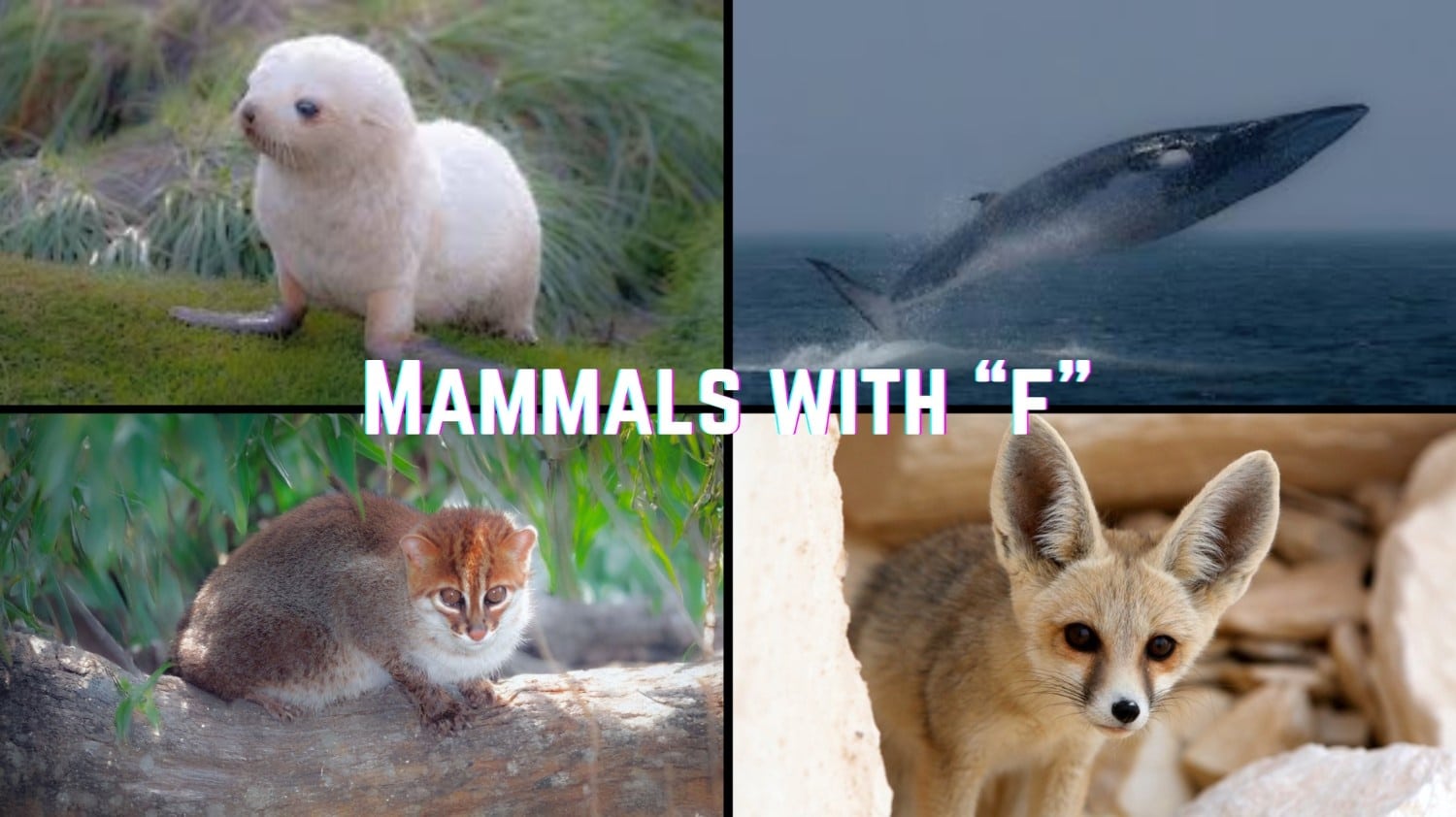
Step into an empire where furry creatures roam every continent, from dusty deserts to frozen tundras. These remarkable mammals all share one striking feature—names beginning with the letter “F.”
From the clever fox using Earth’s magnetic field to hunt with precision to the tiny fat-tailed dunnart storing survival reserves in its namesake appendage.
Were you aware that fennec foxes can survive without drinking water directly, extracting all needed moisture from their food? This is an extraordinary adaptation to harsh desert environments.
The document reveals a beautiful array of animal adaptations, from flying squirrels gliding 150 feet between trees to fossas hunting lemurs with cat-like grace in Madagascar’s forests.
Each creature showcases nature’s creative solutions to survival challenges across dramatically different habitats worldwide.
The Wild World of “F” Mammals: Nature’s Hidden Wonders
1. Fox
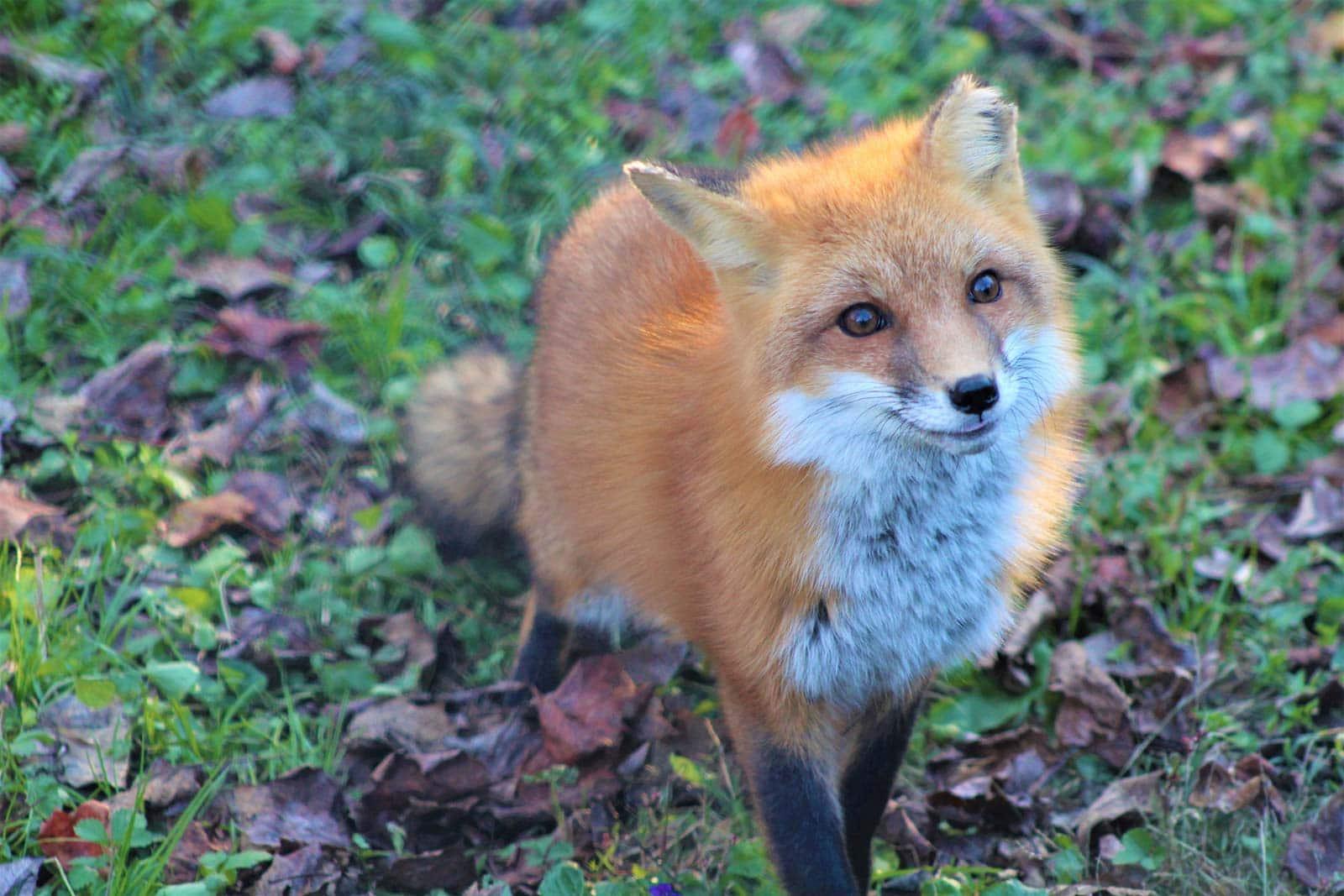
Foxes are clever, bushy-tailed mammals from the Canidae family, known for their adaptability, sharp senses, and skilled hunting in both wild and urban settings.
- Region of Habitat: Found across North America, Europe, Asia, and North Africa
- Scientific Name:Vulpes vulpes (Red fox – most common species)
- Feeding Habits: Omnivorous; eats small mammals, birds, fruits, and insects
- What Sound They Make: A series of sharp barks, screams, or howls
Fun Facts
Foxes hunt using the Earth’s magnetic field, aligning their jumps to the northeast for precision. They have whiskers on their legs to help them steer in the dark. Despite being solitary, they communicate with over 20 distinct vocalizations.
2. Ferret
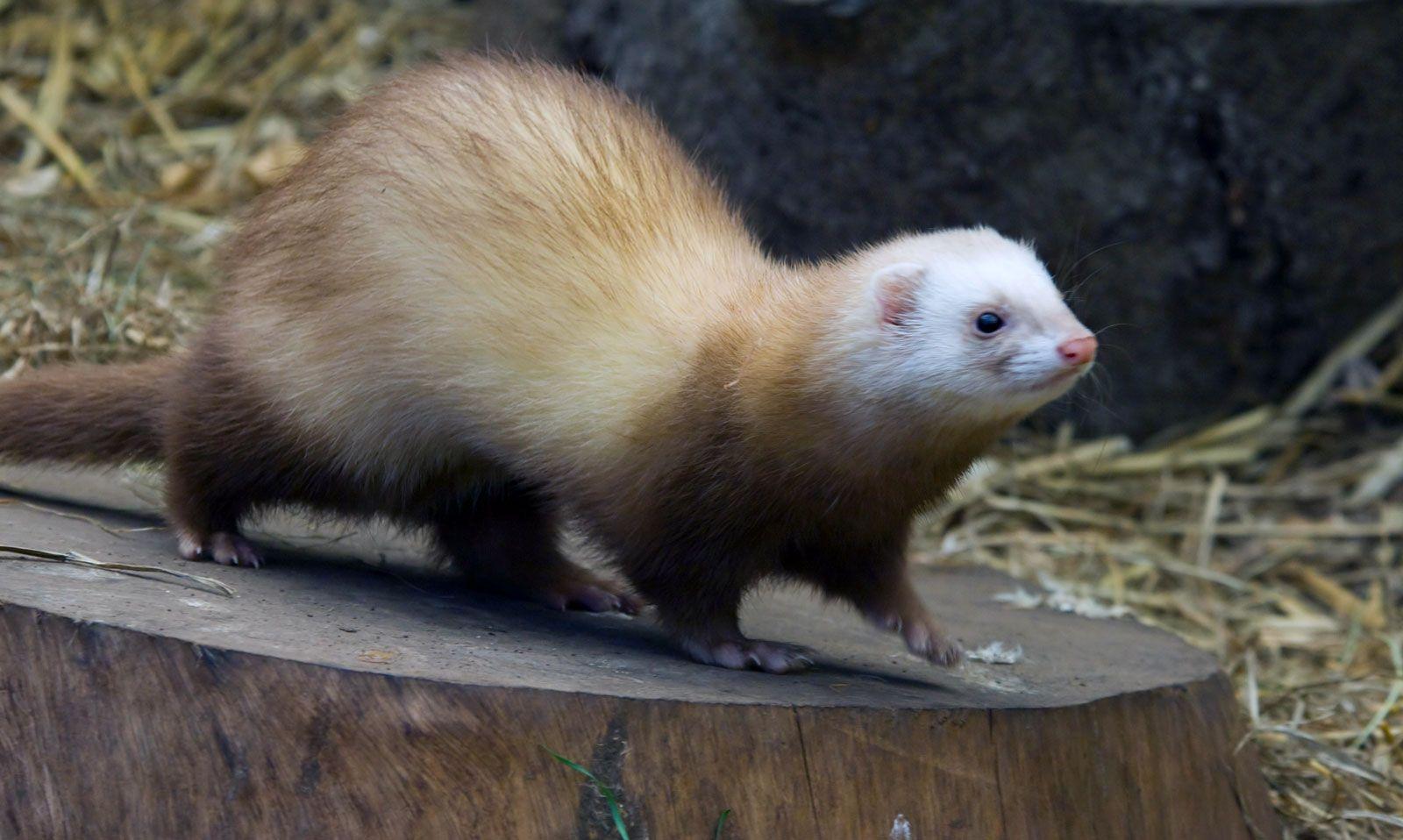
Ferrets are domesticated mammals descended from the European polecat. They have long, slender bodies and are known for their playful and curious nature. Ferrets are often kept as pets and are highly social animals that thrive on interaction.
- Region of Habitat: Originally native to Europe and North Africa
- Scientific Name:Mustela putorius furo
- Feeding Habits: Carnivorous; primarily eat small mammals and birds
- What Sound They Make: Soft clucking or “dooking,” hissing when agitated
Fun Facts
Ferrets have been used in hunting for centuries in a practice called “ferreting.” Due to their flexible spines, they can squeeze through holes as small as an inch. Their sleep schedule can reach up to 18 hours a day.
3. Flying Squirrel
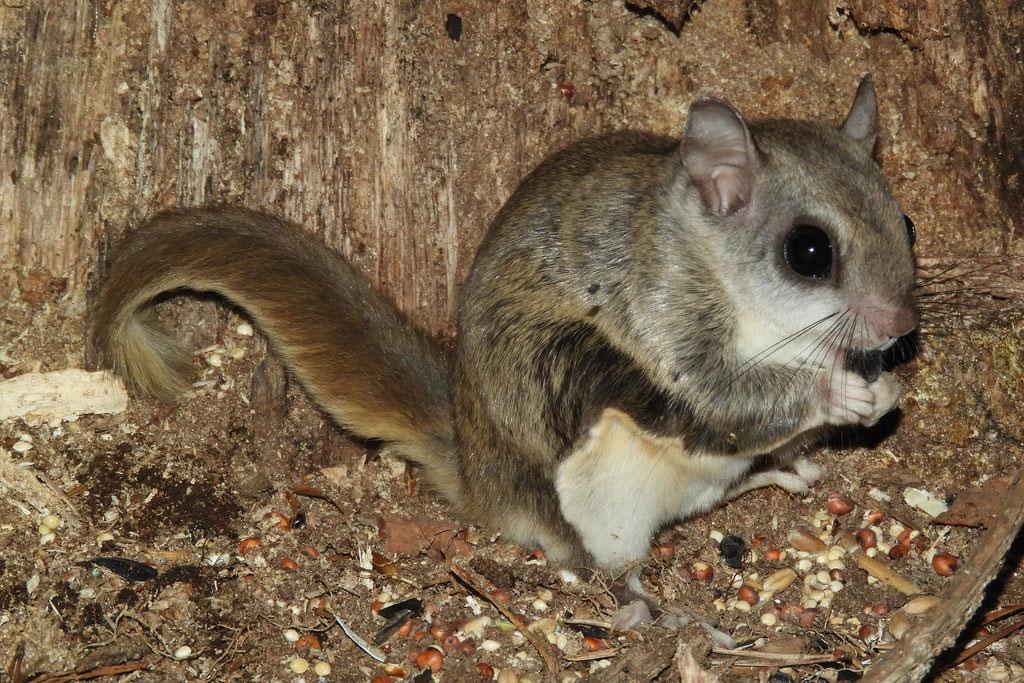
Flying squirrels are nocturnal tree-dwellers known for their ability to glide between trees using a membrane called the patagium. They have large eyes to help them see in low light and are agile climbers.
- Region of Habitat: Forested areas in North America, Europe, and Asia
- Scientific Name:Glaucomys volans (Southern flying squirrel – common species)
- Feeding Habits: Omnivorous; eats nuts, fruits, fungi, and insects
- What Sound They Make: High-pitched chirps and soft whistles
- Fun Facts
Flying squirrels don’t actually fly—they glide using skin flaps between their limbs. Some species can glide over 150 feet in a single leap. They are also known to form communal nests in cold weather.
4. Fisher (A type of Weasel)
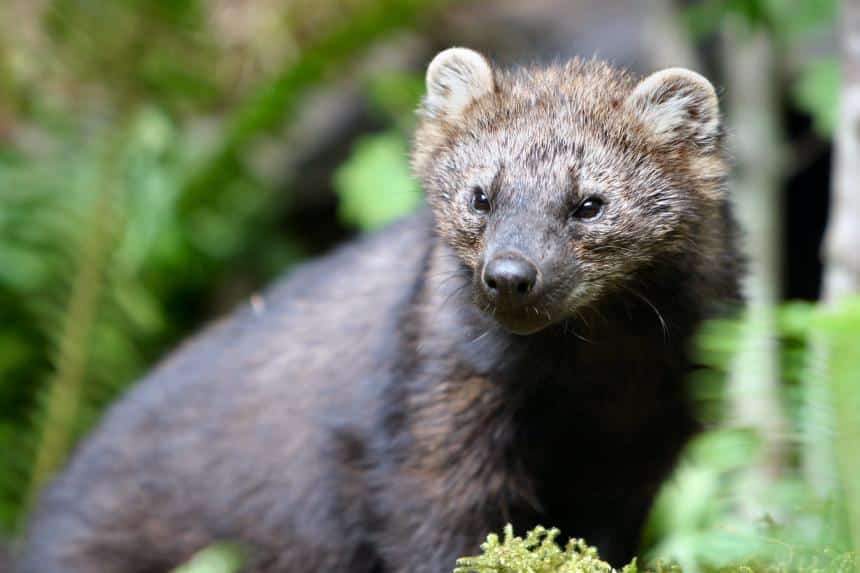
Fishers are agile forest predators with a weasel-like body and thick fur. Despite the name, they rarely eat fish and are known for their ability to hunt porcupines. They are solitary and secretive animals.
- Region of Habitat: Forests of North America, especially Canada and northern U.S.
- Scientific Name:Pekania pennanti
- Feeding Habits: Carnivorous; eats small mammals, birds, and carrion
- What Sound They Make: Growls, chuckles, and occasional hisses
Fun Facts
Fishers are one of the few natural predators of porcupines. They use clever tactics to flip porcupines over and attack their unprotected belly. Their fur was once highly prized in the fur trade.
5. Fennec Fox
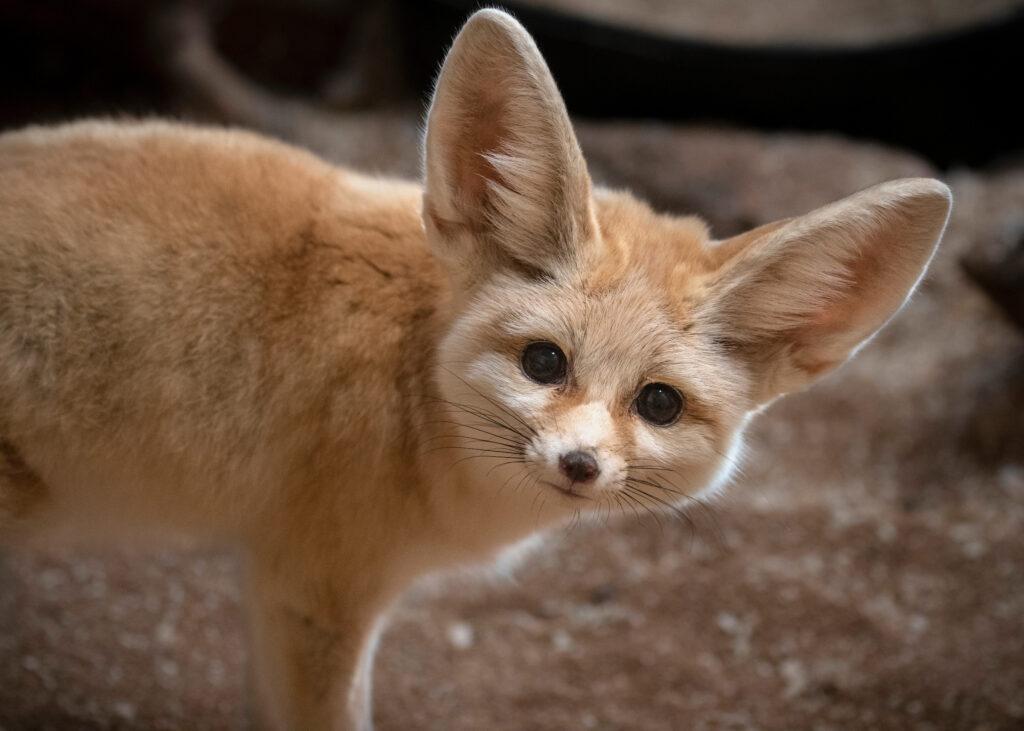
The fennec fox is the smallest fox species. It is known for its enormous ears, which help dissipate heat. Its pale coat reflects sunlight and blends into the desert. These foxes are adapted to harsh environments.
- Region of Habitat: Sahara Desert and arid regions of North Africa
- Scientific Name:Vulpes zerda
- Feeding Habits: Omnivorous; eats insects, small rodents, fruits, and roots
- What Sound They Make: High-pitched yips, growls, and squeaks
Fun Facts
Fennec foxes can survive without free-standing water, getting moisture from their food. Their hearing is so acute, they can detect insects underground. They are also known for their social and playful behaviors.
6. Fallow Deer
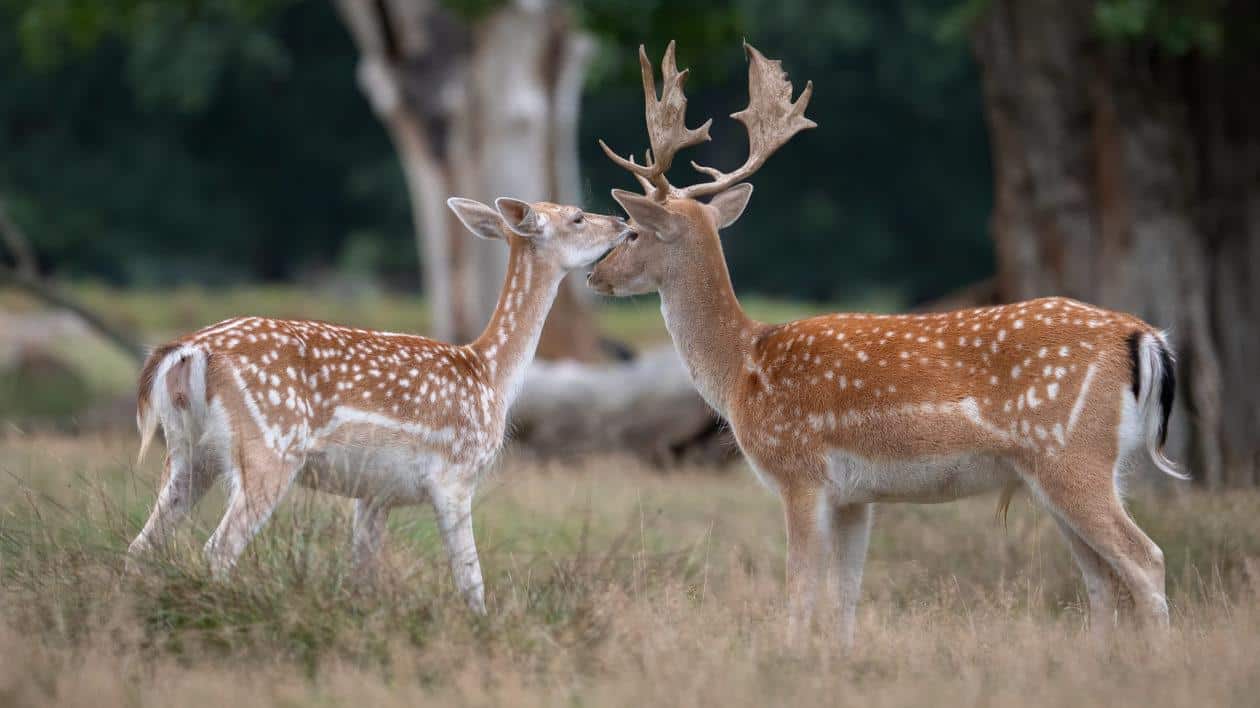
Fallow deer are medium-sized deer recognized for their spotted coats and palmate antlers. They are graceful grazers often seen in woodlands and open grasslands, and they exhibit strong herd behavior.
- Region of Habitat: Native to Europe, introduced in North America, Australia, and New Zealand
- Scientific Name:Dama dama
- Feeding Habits: Herbivorous; feeds on grasses, leaves, and acorns
- What Sound They Make: Males grunt loudly during the rut; females and fawns bleat
Fun Facts
The Romans introduced the fallow deer to many parts of Europe for hunting and aesthetic purposes. Unlike most deer, its antlers are broad and flat. Males can be seen sparring during the mating season.
7. Fur Seal
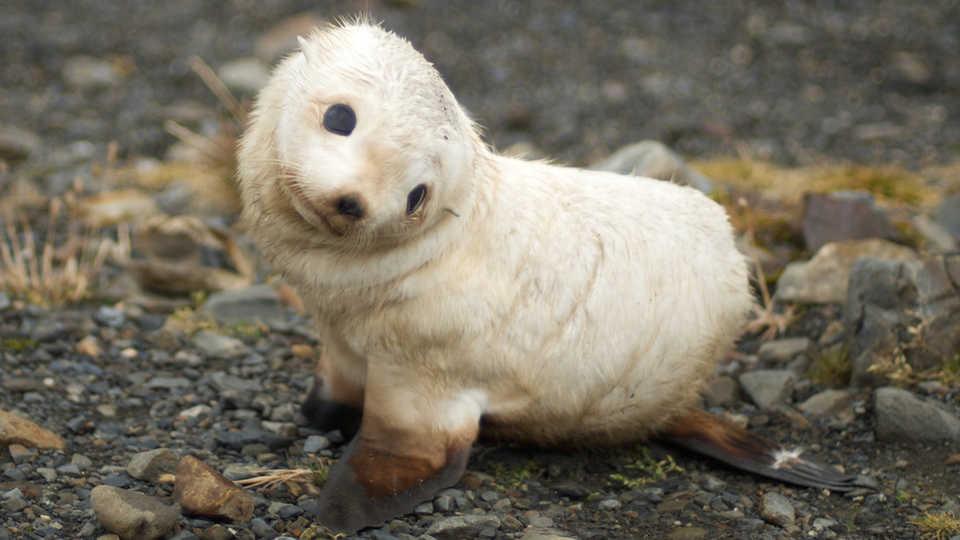
Fur seals are marine mammals with thick, luxurious coats and external ear flaps. They are excellent swimmers, often spending months at sea, and they come ashore only to breed or rest.
- Region of Habitat: Subpolar and temperate waters of the Southern Hemisphere and North Pacific
- Scientific Name:Arctocephalus spp. or Callorhinus ursinus (Northern fur seal)
- Feeding Habits: Carnivorous; eats fish, squid, and krill
- What Sound They Make: Barks, growls, and pup cries
Fun Facts
Fur seals were nearly hunted to extinction in the 19th century for their pelts. They can dive over 600 feet deep and stay underwater for up to 10 minutes. Their flippers allow them to “walk” on land.
8. Fruit Bat
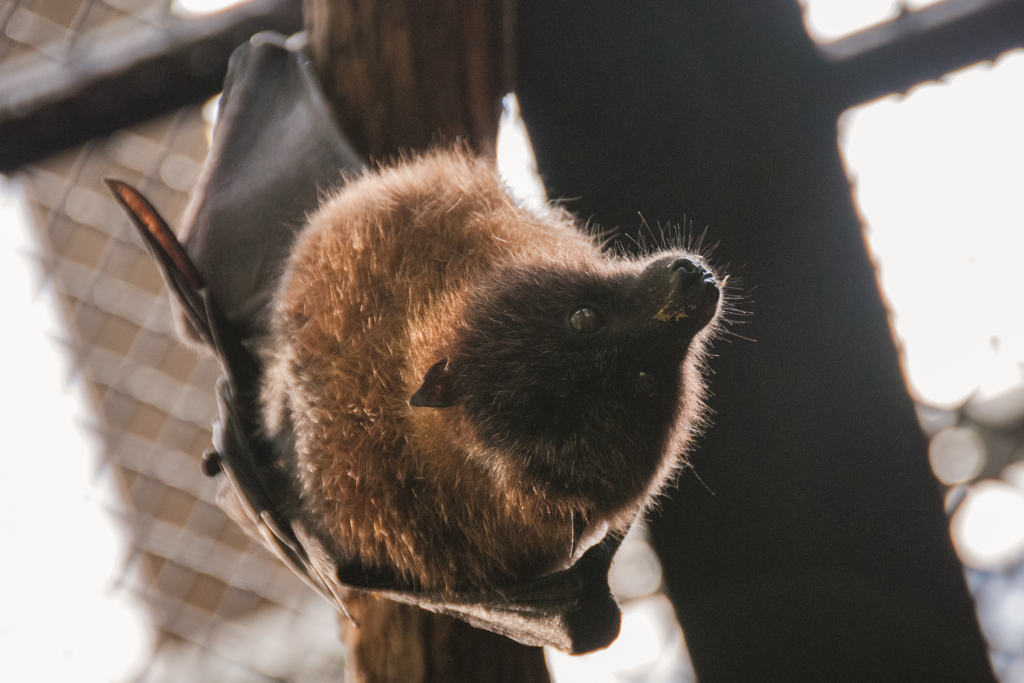
Also known as flying foxes, fruit bats are large bats with long snouts and large eyes. Unlike other bats, they rely on vision rather than echolocation and are important seed dispersers in tropical ecosystems.
- Region of Habitat: Tropical and subtropical regions of Africa, Asia, and Oceania
- Scientific Name:Pteropodidae family
- Feeding Habits: Frugivorous; consumes fruits, nectar, and flowers
- What Sound They Make: High-pitched screeches, clicks, and chatters
Fun Facts
Fruit bats play a crucial role in pollination and maintaining forest diversity. Some species can have wingspans up to five feet. They hang upside down in colonies that can number in the thousands.
9. Fossa (Madagascar predator)
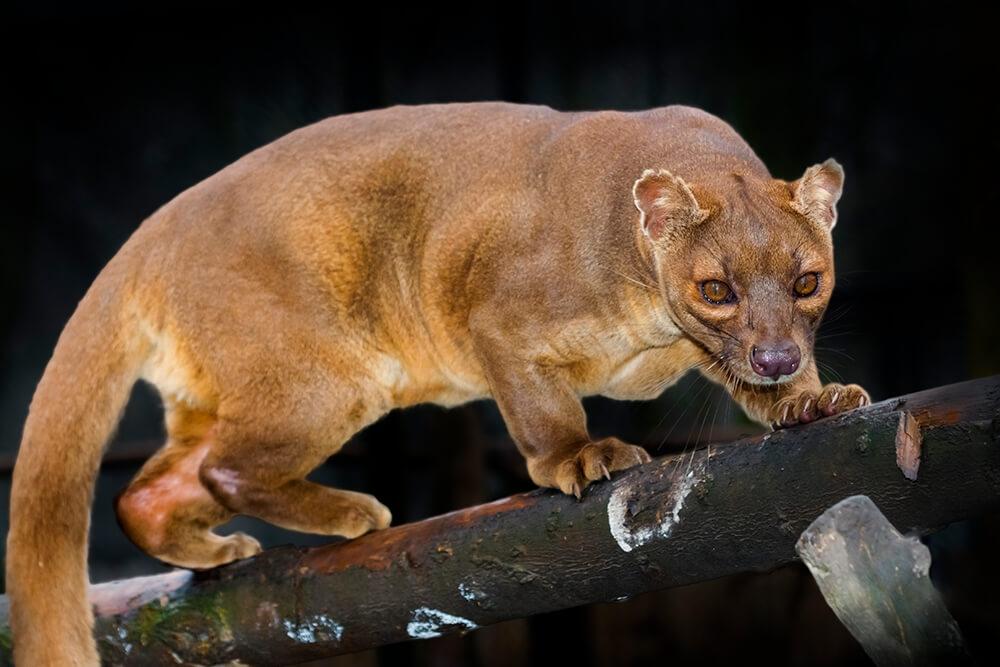
The fossa is a carnivorous mammal that looks like a cross between a cat and a mongoose. It is Madagascar’s top predator and is known for its agility in climbing trees to hunt lemurs.
- Region of Habitat: Forests of Madagascar
- Scientific Name:Cryptoprocta ferox
- Feeding Habits: Carnivorous; mainly preys on lemurs, rodents, and birds
- What Sound They Make: Growls, yelps, and purr-like vocalizations
Fun Facts
Despite its cat-like appearance, the fossa is more closely related to mongeese. It can climb headfirst down trees and uses its long tail for balance. Fossas are solitary and extremely elusive in the wild.
10. Field Mouse
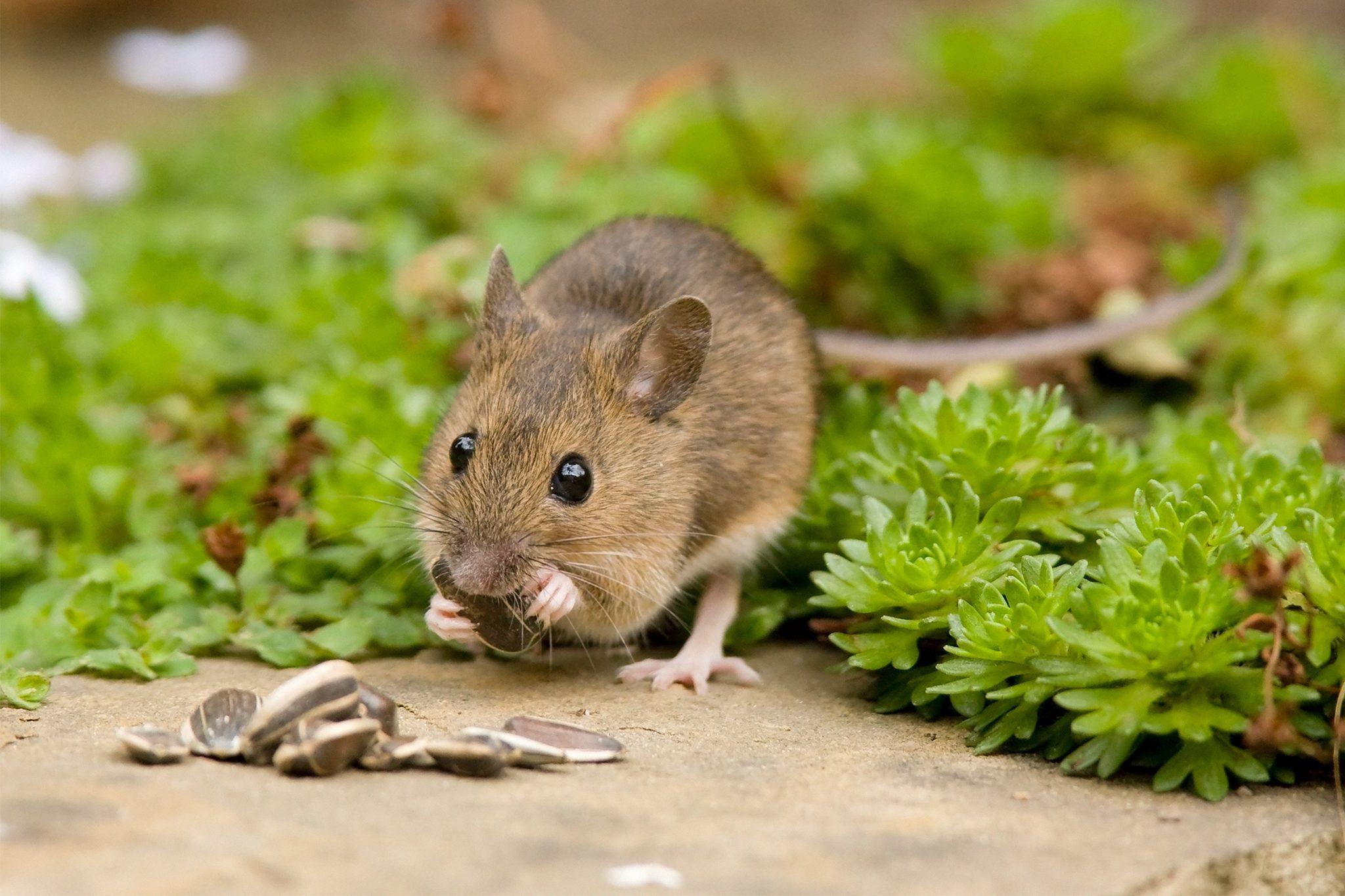
Field mice are small rodents known for their quick movements and ability to adapt to various environments. They often burrow in fields or make nests in tall grass and are a vital part of the food chain.
- Region of Habitat: Europe, Asia, and North America
- Scientific Name:Apodemus sylvaticus (Wood mouse – common European species)
- Feeding Habits: Omnivorous; eats seeds, grains, insects, and berries
- What Sound They Make: High-pitched squeaks and scratching noises
Fun Facts
Field mice are capable of reproducing rapidly, with females giving birth to multiple litters a year. Their strong sense of smell helps them locate food even under snow. They’re excellent at squeezing through tiny spaces.
11. Field Vole
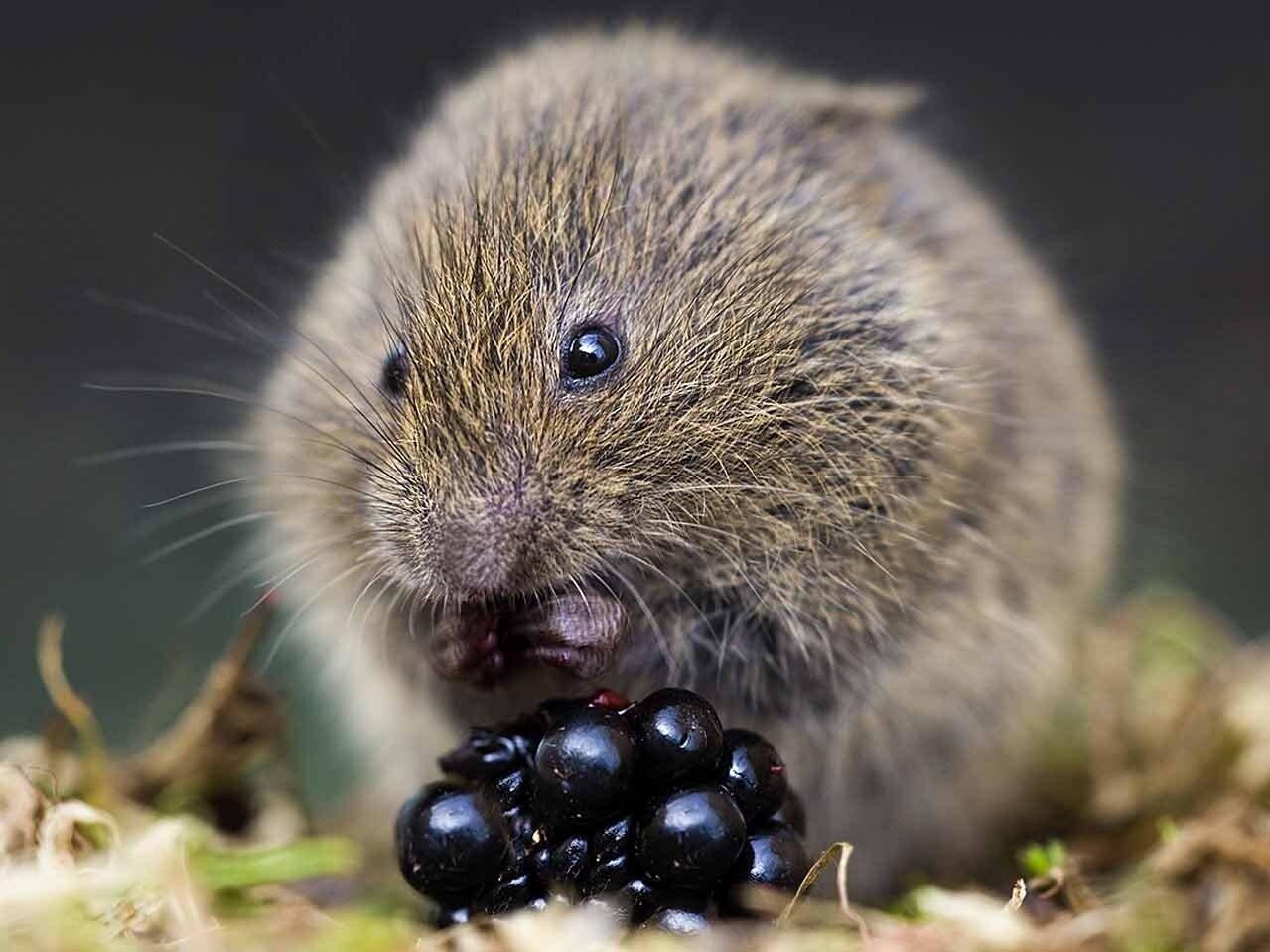
Field voles are small, stocky rodents with short tails and shaggy fur. They are key prey for many predators and are known for their rapid population booms in grassy habitats.
- Region of Habitat: Europe and parts of Asia
- Scientific Name:Microtus agrestis
- Feeding Habits: Herbivorous; eats grasses, seeds, and roots
- What Sound They Make: Soft squeaks and rustling sounds in the grass
Fun Facts
Field voles create intricate tunnel systems and surface runways through the grass. They can produce up to seven liters per year. Their population size can drastically rise and fall every few years.
12. Florida Panther
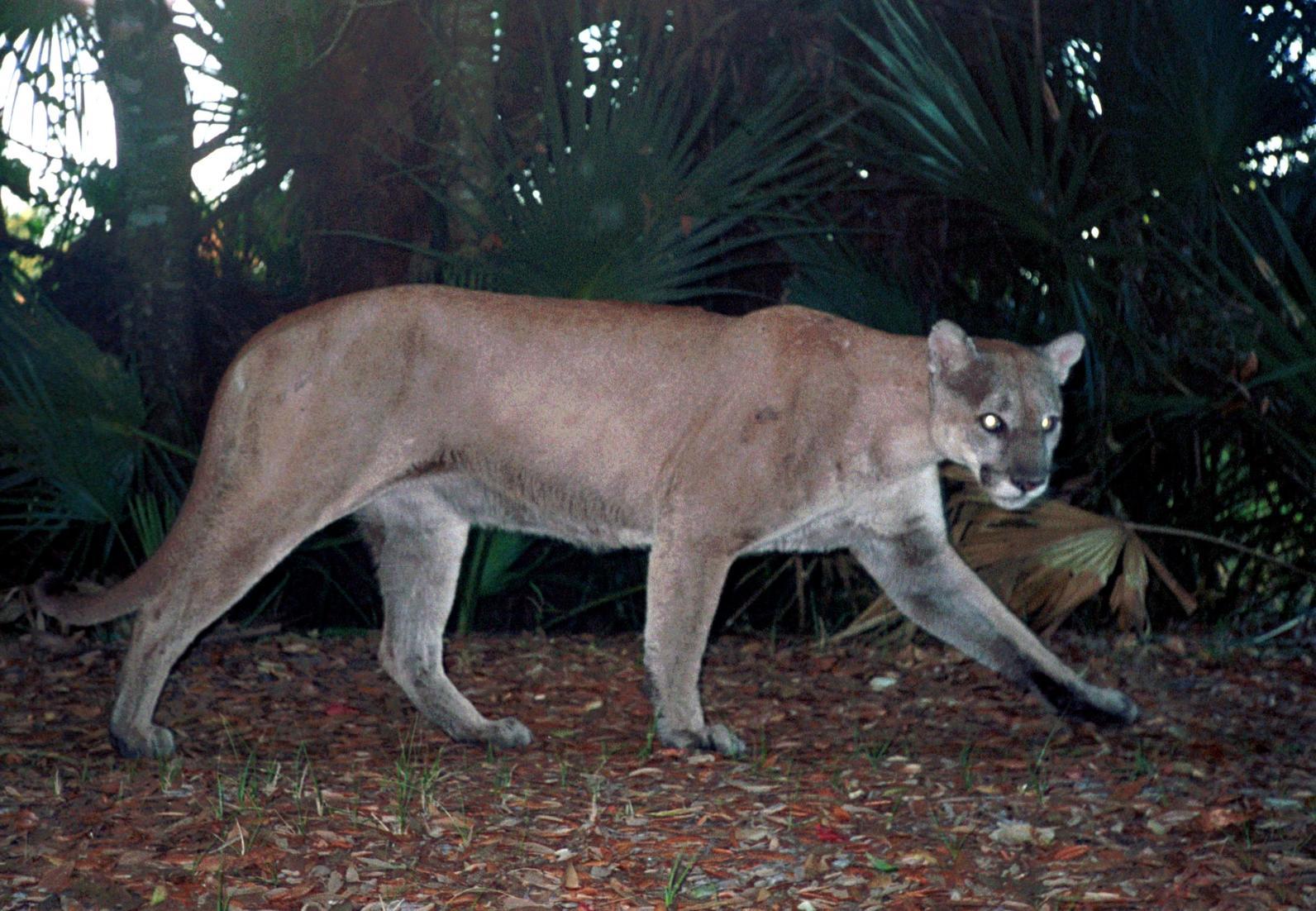
The Florida panther is a subspecies of cougar that inhabits southern Florida. It is an endangered predator and plays a crucial role in its ecosystem. These sleek, solitary cats are elusive and rarely seen in the wild.
- Region of Habitat: Southern Florida, mainly in the Everglades
- Scientific Name:Puma concolor coryi
- Feeding Habits: Carnivorous; preys on deer, wild hogs, and small animals
- What Sound They Make: Hisses, chirps, whistles, and low growls
Fun Facts
Florida panthers are one of the rarest wild cat populations in the U.S. A genetic rescue using Texas cougars helped increase their numbers. They are known to roam large territories of over 200 square miles.
13. Fin Whale
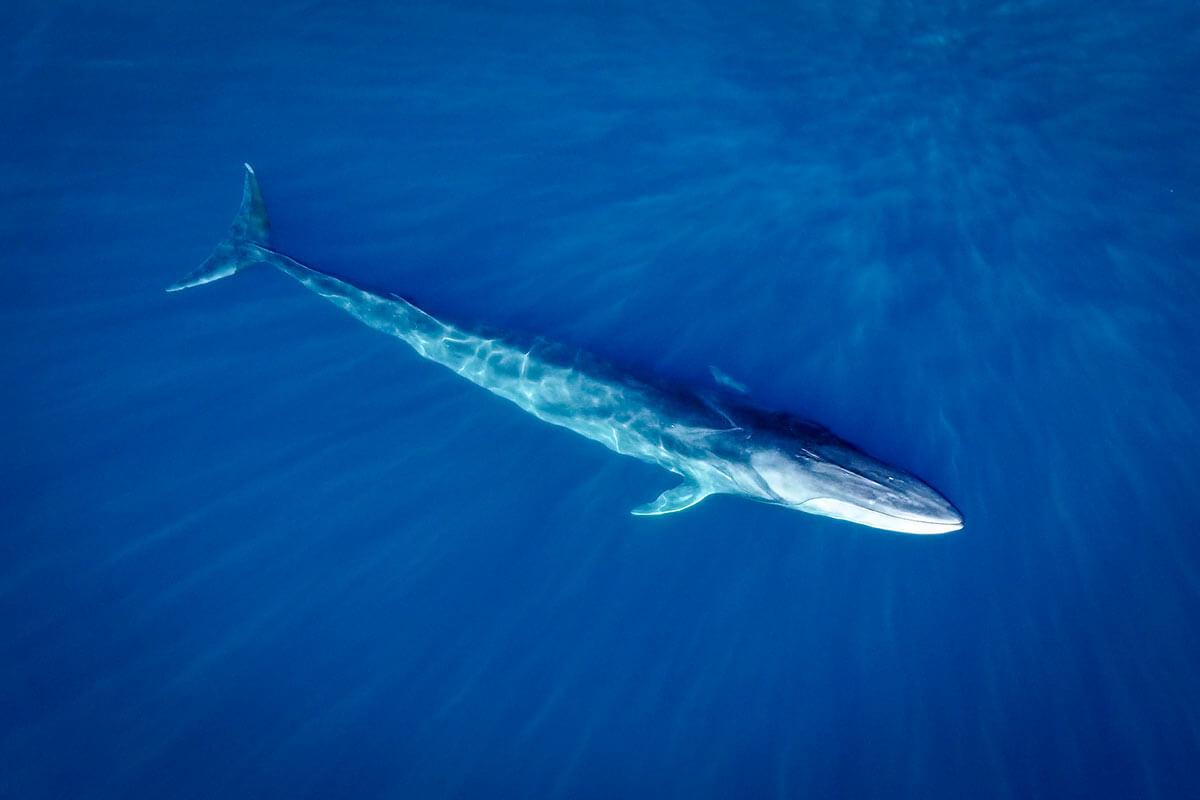
The fin whale is the second-largest animal on Earth after the blue whale. It has a sleek, streamlined body and is known for its incredible speed and deep, resonating calls across ocean basins.
- Region of Habitat: Found in oceans worldwide, especially in deep offshore waters
- Scientific Name:Balaenoptera physalus
- Feeding Habits: Filter feeder; consumes krill, small fish, and squid
- What Sound They Make: Low-frequency pulses and moans
Fun Facts
Fin whales can grow up to 85 feet long and swim at speeds of 25 mph. Their nickname is “the greyhound of the sea.” Despite their size, they are elusive and hard to observe in the wild.
14. False killer Whale

False killer whales are large members of the dolphin family, named for their skull’s resemblance to that of killer whales. They are highly social and often form pods with other dolphin species.
- Region of Habitat: Warm and tropical oceans worldwide
- Scientific Name:Pseudorca crassidens
- Feeding Habits: Carnivorous; eats fish and squid
- What Sound They Make: Whistles, clicks, and high-pitched squeals
Fun Facts
False killer whales are known for offering food to human divers and to each other. They can dive over 1,000 meters deep. Strandings of entire pods have occurred, puzzling scientists for decades.
15. Free-tailed Bat
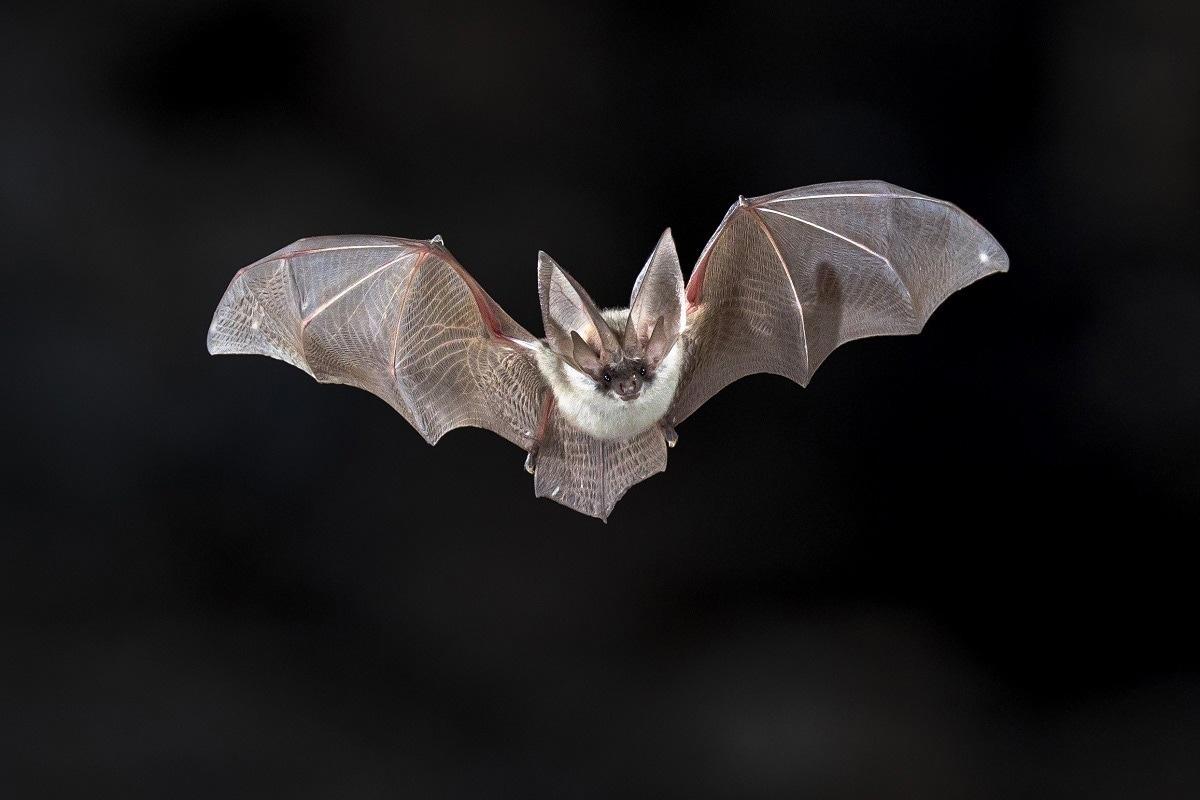
Free-tailed bats are fast-flying bats known for their long tails that extend beyond the membrane. They roost in caves and buildings, sometimes forming colonies in the millions.
- Region of Habitat: Americas, parts of Europe, Asia, and Africa
- Scientific Name:Tadarida brasiliensis (Brazilian free-tailed bat – common species)
- Feeding Habits: Insectivorous; eats moths, beetles, and flying insects
- What Sound They Make: High-frequency echolocation clicks
Fun Facts
Brazilian free-tailed bats hold the record for the fastest level flight among animals—up to 100 mph. Their colonies are so dense that they appear as clouds on weather radar. They’re vital for pest control in agriculture.
16. Fat-tailed Dunnart
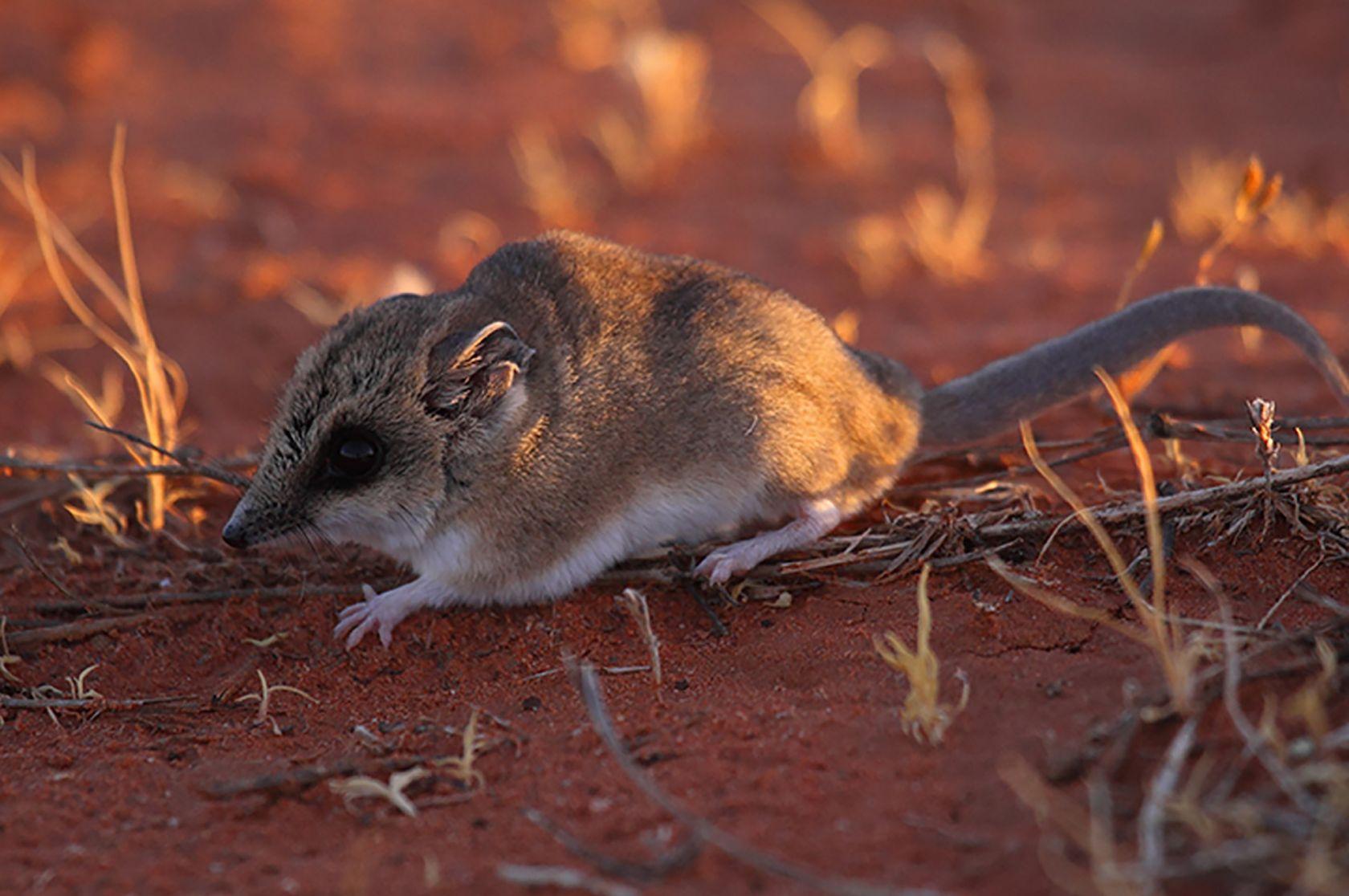
The fat-tailed dunnart is a tiny marsupial native to Australia, recognizable by its thick tail where it stores fat. It is nocturnal and insectivorous, thriving in dry inland habitats.
- Region of Habitat: Arid and semi-arid regions of Australia
- Scientific Name:Sminthopsis crassicaudata
- Feeding Habits: Carnivorous; eats insects, spiders, and small invertebrates
- What Sound They Make: High-pitched squeaks and rustling noises
Fun Facts
Fat-tailed dunnarts can enter a state of torpor to conserve energy, lowering their body temperature dramatically. Their fat-storing tails act like built-in survival packs. Despite their size, they are fierce hunters.
17. Four-toed Hedgehog
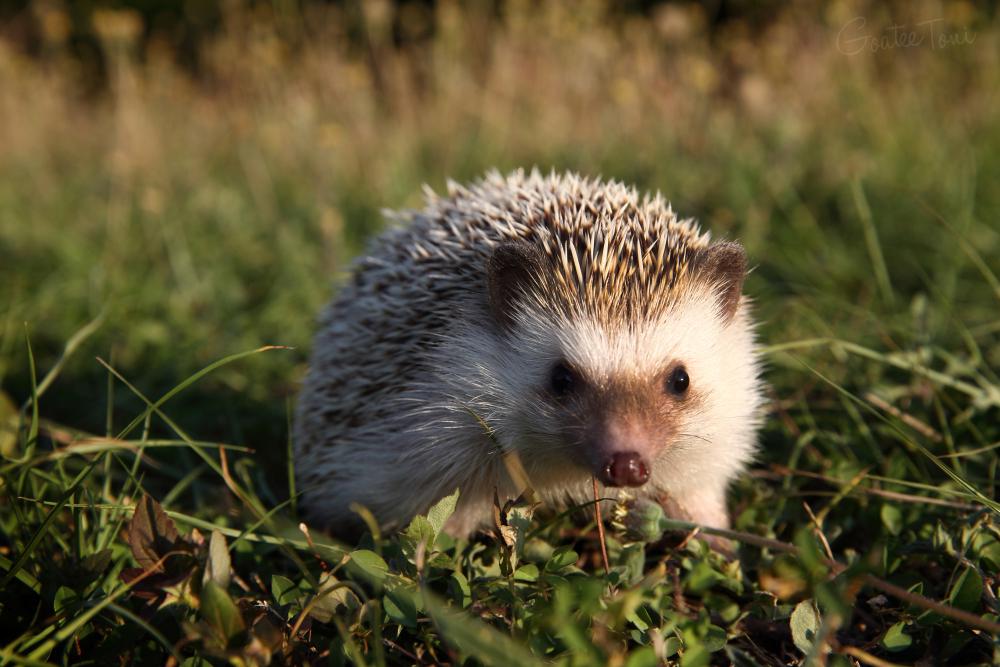
The four-toed hedgehog is a small insectivorous mammal with a coat of spines used for defense. It curls into a tight ball when threatened, exposing only its prickly armor.
- Region of Habitat: Central and Eastern Africa
- Scientific Name:Atelerix albiventris
- Feeding Habits: Insectivorous; eats beetles, worms, snails, and occasionally fruit
- What Sound They Make: Snuffling, hissing, and soft clicking
Fun Facts
These hedgehogs sometimes perform a strange behavior called “self-anointing,” where they create a frothy saliva and spread it on their spines. It’s thought to be a form of camouflage or scent disguise.
18. Feline (General Cat Family)
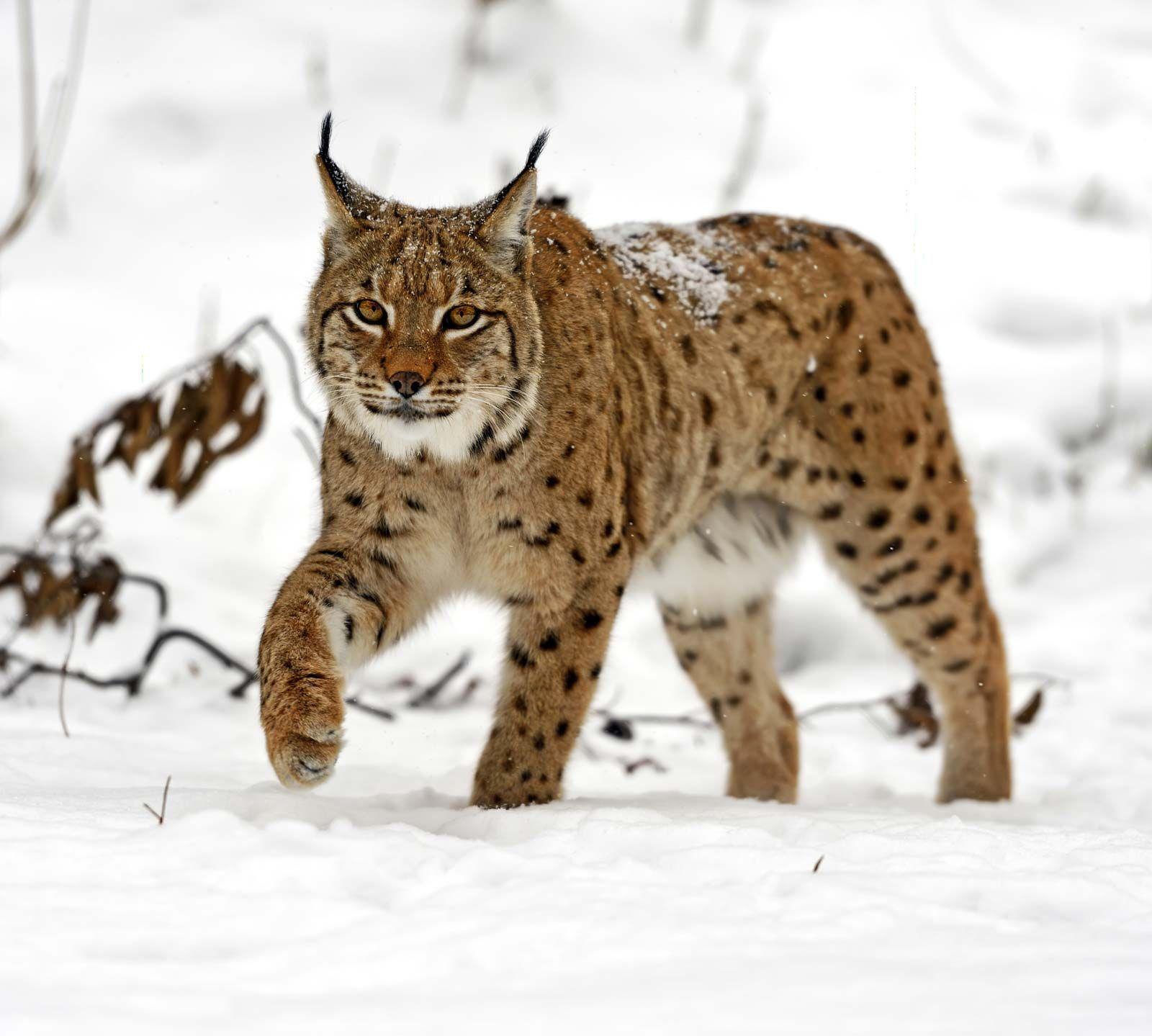
The feline family includes both domestic and wild cats, characterized by retractable claws, sharp teeth, and keen night vision. Members range from tiny house cats to mighty lions and tigers.
- Region of Habitat: Found worldwide, in nearly every habitat except Antarctica
- Scientific Name:Felidae family
- Feeding Habits: Carnivorous; preys on a wide range of animals depending on species
- What Sound They Make: Meows, growls, purrs, roars, and hisses
Fun Facts
All felines share a common ancestor that lived around 25 million years ago. While most cats can’t roar, some, like lions and tigers, can. Purring is unique to smaller cats and is believed to aid healing.
19. French Bulldog

French bulldogs are small, muscular companion dogs with short snouts and signature bat-like ears. They’re affectionate, alert, and well-suited to apartment living.
- Region of Habitat: Domesticated breed, originally developed in France
- Scientific Name:Canis lupus familiaris
- Feeding Habits: Omnivorous; eats commercial dog food and home-prepared diets
- What Sound They Make: Snorts, grunts, barks, and whines
Fun Facts
French bulldogs are poor swimmers due to their short legs and compact build. They were bred from English bulldogs and became popular among lace workers in 19th-century France. They’re now one of the top companion breeds globally.
20. Flat-headed Cat
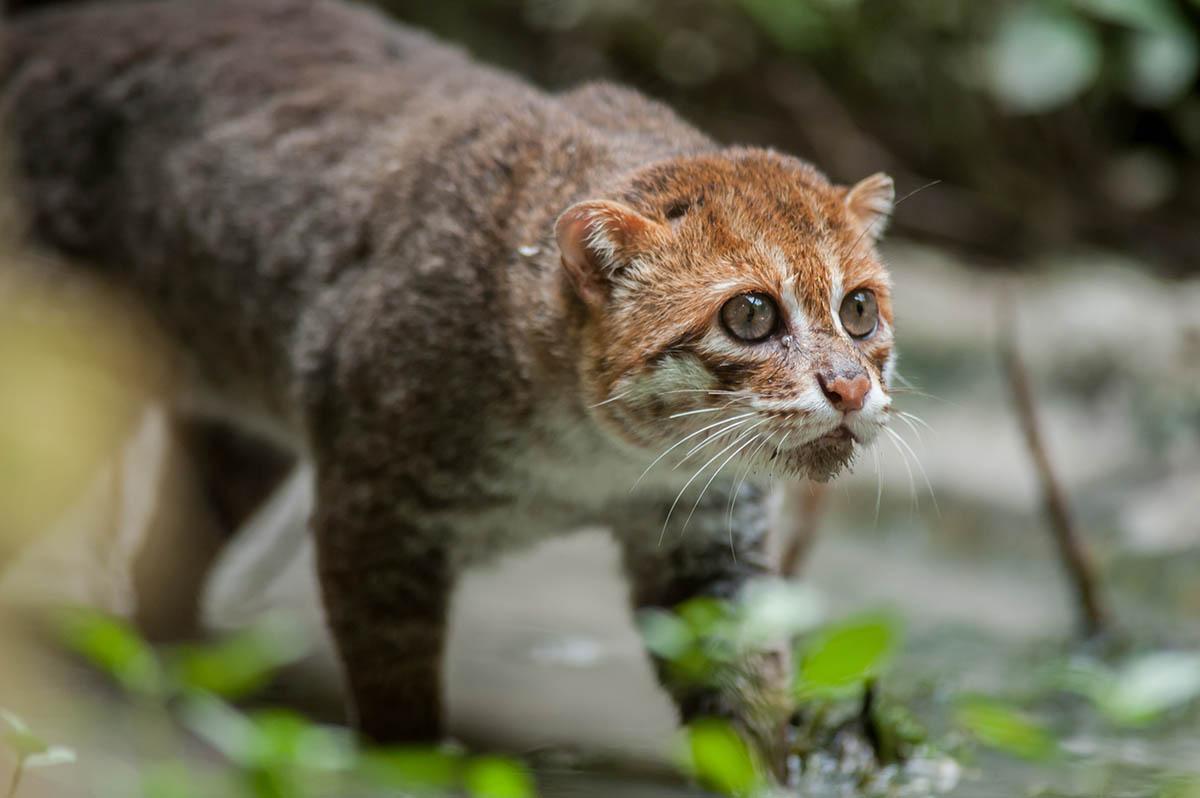
The flat-headed cat is a rare wild cat with a long, narrow head adapted for hunting in wet environments. It’s semi-aquatic and has partially webbed feet, making it a skilled swimmer.
- Region of Habitat: Wetlands and forests in Southeast Asia
- Scientific Name:Prionailurus planiceps
- Feeding Habits: Carnivorous; eats fish, frogs, and small aquatic animals
- What Sound They Make: Meows, hisses, and growls
Fun Facts
Flat-headed cats have backward-pointing teeth to grip slippery prey like fish. They’ve been observed washing their food before eating, a trait shared with few other wild cats. Sadly, they’re listed as endangered due to habitat loss.
21. Fishing Cat
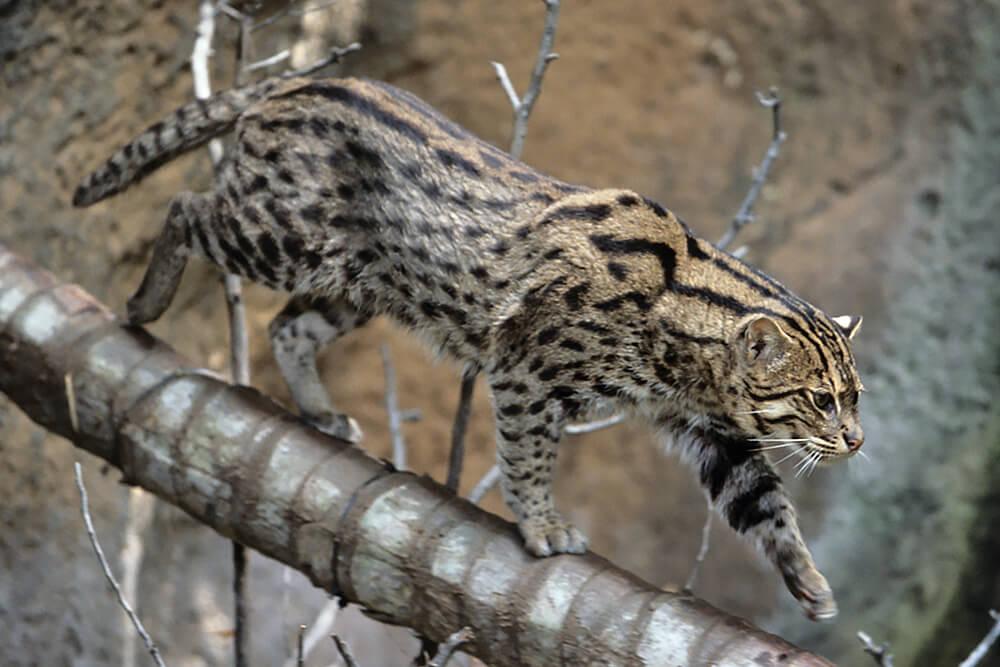
The fishing cat is a medium-sized wild feline well-adapted to wetland life, with a stocky build and partially webbed feet. Unlike most cats, it’s an enthusiastic swimmer and skilled aquatic hunter.
- Region of Habitat: Wetlands, mangroves, and marshes of South and Southeast Asia
- Scientific Name:Prionailurus viverrinus
- Feeding Habits: Carnivorous; eats fish, crustaceans, amphibians, and small mammals
- What Sound They Make: Chuckles, hisses, growls, and low meows.
Fun Facts
Fishing cats dive headfirst into water to catch fish and use their paws to scoop prey from ponds. They’re known to tap the water’s surface to mimic insect movement, luring fish within reach.
22. Finless Porpoise

Finless porpoises are unique marine mammals with smooth backs instead of dorsal fins. They are small and shy cetaceans, often found in shallow coastal waters and river mouths.
- Region of Habitat: Coastal waters of Asia, especially the Yangtze River and the Indian Ocean
- Scientific Name:Neophocaena phocaenoides
- Feeding Habits: Carnivorous; eats fish, squid, and crustaceans
- What Sound They Make: Clicks and ultrasonic pulses used for echolocation
Fun Facts
The Yangtze finless porpoise is considered critically endangered. Unlike dolphins, they lack a dorsal fin, making them more hydrodynamic in shallow water. They’re known for their gentle and playful nature.
23. Fraser’s Dolphin

Fraser’s dolphins are compact, muscular dolphins that travel in large, splashy groups. They’re fast swimmers and usually dive deep to hunt, making them harder to observe than other dolphin species.
- Region of Habitat: Deep tropical waters of the Pacific, Indian, and Atlantic Oceans
- Scientific Name:Lagenodelphis hosei
- Feeding Habits: Carnivorous; eats squid, deep-sea fish, and crustaceans
- What Sound They Make: Whistles, echolocation clicks, and chirps
Fun Facts
Fraser’s dolphins were unknown to science until the 1950s. They can dive to depths of over 600 meters. They often associate with other species like melon-headed whales during deep-water hunts.
24. Forest Dormouse
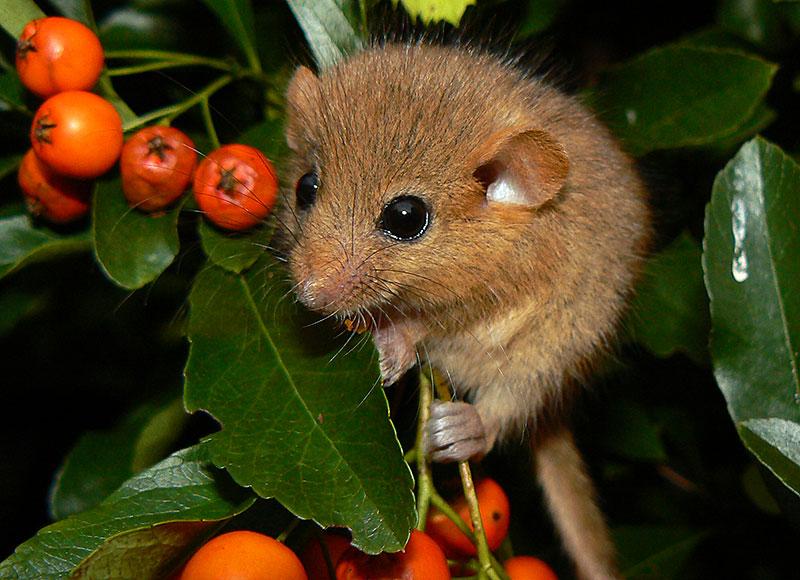
Forest dormice are small nocturnal rodents with bushy tails and large eyes. They are agile climbers and prefer life in trees, where they build nests from leaves and moss.
- Region of Habitat: Woodlands of Europe, the Middle East, and Central Asia
- Scientific Name:Dryomys nitedula
- Feeding Habits: Omnivorous; eats insects, fruit, nuts, and bird eggs
- What Sound They Make: High-pitched squeaks and squeals
Fun Facts
Forest dormice hibernate in burrows during winter, sometimes for up to seven months. They can flatten their bodies to squeeze into tight crevices. Their tail acts as balance aids during climbing.
25. Flying Fox (Large Bat)
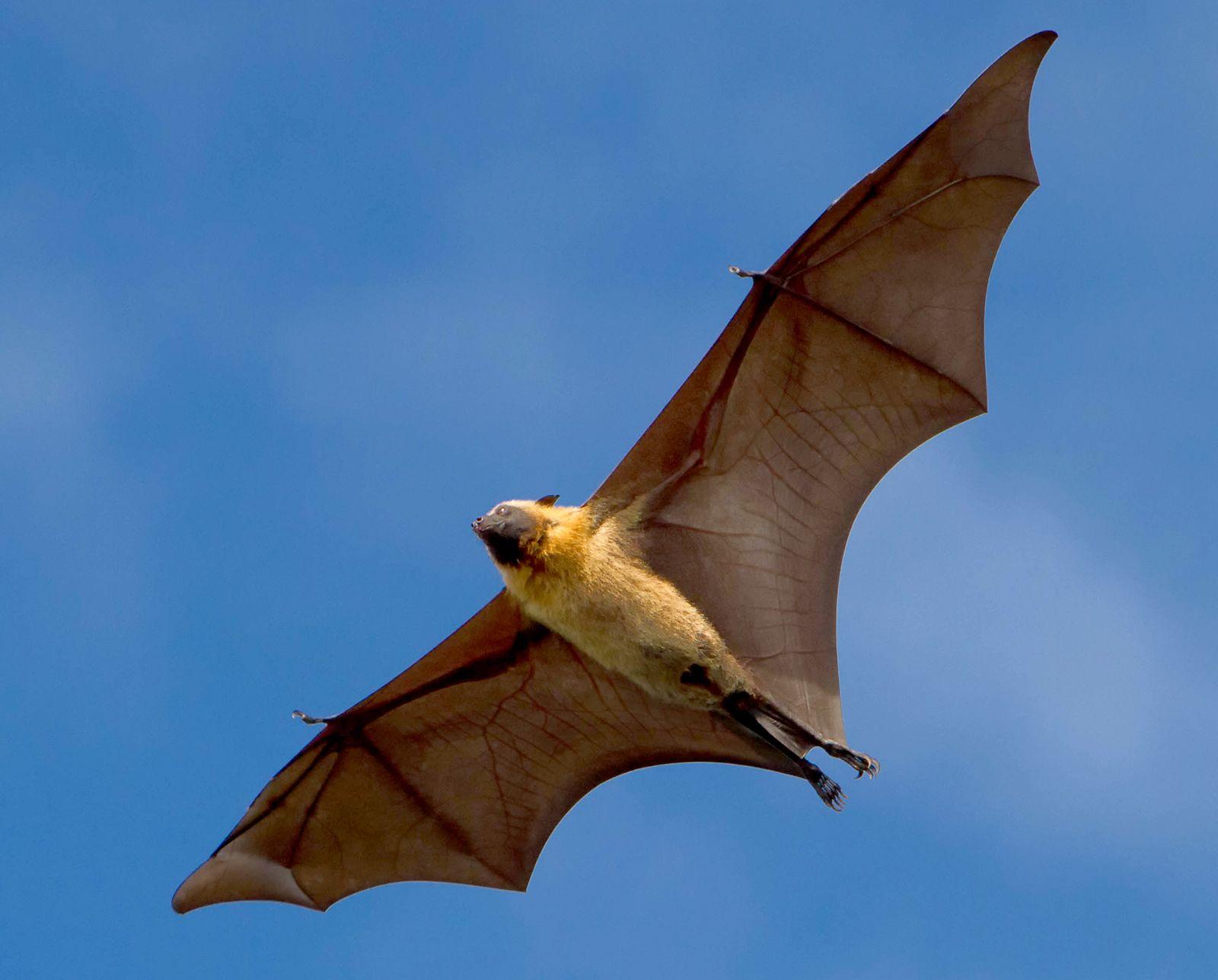
Flying foxes are the largest bats in the world, with long snouts and keen eyesight. They feed on nectar and fruit, playing a vital role in pollination and forest regeneration.
- Region of Habitat: Islands and coastal areas of Asia, Australia, and Africa
- Scientific Name:Pteropus spp.
- Feeding Habits: Frugivorous; consumes figs, mangoes, nectar, and flowers
- What Sound They Make: Loud squawks, chattering, and screeches
Fun Facts
Some flying fox species have wingspans over five feet. They roost in massive colonies called “camps,” which can include thousands of individuals. Despite their size, they’re harmless and do not use echolocation.
26. Franciscana Dolphin

The Franciscana dolphin is a small, shy river and coastal dolphin with a long, narrow beak. It’s one of the most endangered dolphins in the Atlantic due to entanglement in fishing nets.
- Region of Habitat: Coastal waters of southeastern South America
- Scientific Name:Pontoporia blainvillei
- Feeding Habits: Carnivorous; eats fish, shrimp, and squid
- What Sound They Make: High-pitched clicks and buzzes used for echolocation
Fun Facts
Franciscana dolphins are rarely seen because they surface quietly and avoid boats. Their long beaks make them resemble river dolphins, although they live in coastal marine waters. They’re among the smallest cetaceans.
27. Fat Dormouse
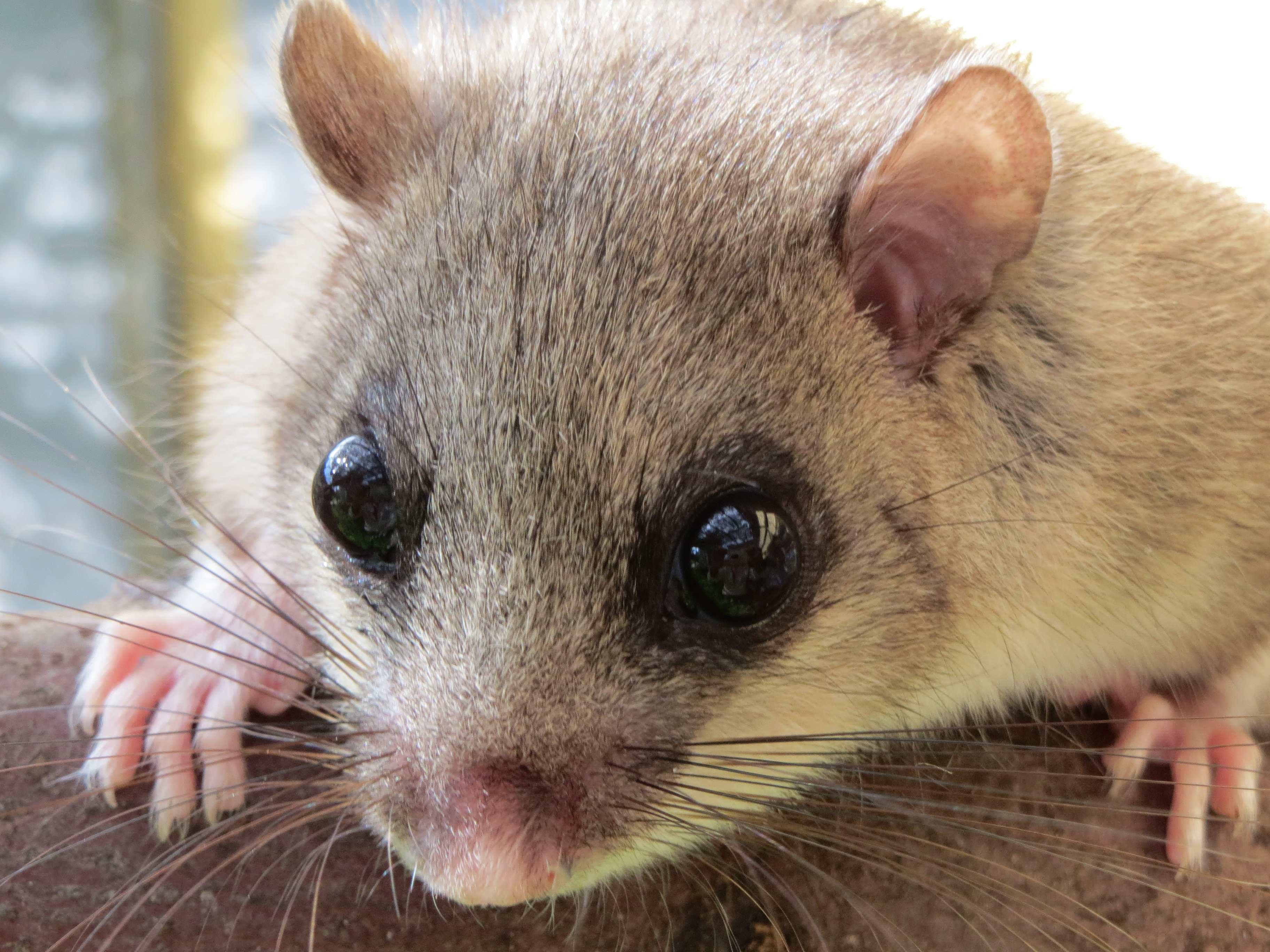
The fat dormouse is a chubby rodent with large eyes and a thick tail, famous for its long hibernation. It’s nocturnal and usually lives in forests or old buildings.
- Region of Habitat: Europe and parts of Western Asia
- Scientific Name:Glis glis
- Feeding Habits: Omnivorous; eats fruits, nuts, insects, and bird eggs
- What Sound They Make: Soft squeaks, chirps, and scratching sounds
Fun Facts
Fat dormice can hibernate for up to 11 months in cold climates. The ancient Romans used them as a delicacy, fattening them in special pots. Their name inspired the sleepy dormouse in Alice in Wonderland.
28. Feather-tailed Possum
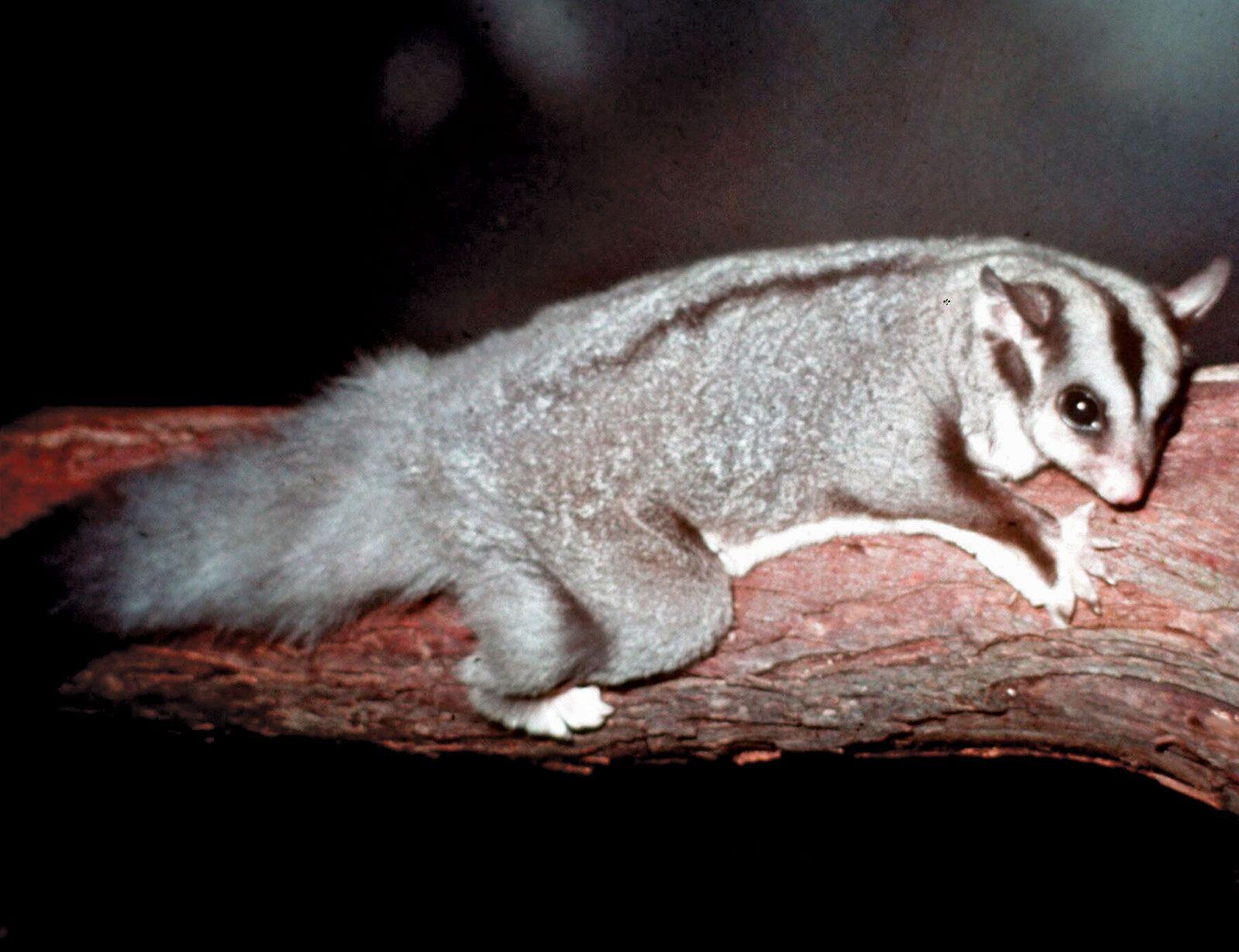
This small possum has a distinctive feather-shaped tail and is incredibly agile in trees. It is nocturnal, spending most of its life in the rainforest canopy.
- Region of Habitat: Tropical rainforests of Papua New Guinea and Northeastern Australia
- Scientific Name:Distoechurus pennatus
- Feeding Habits: Omnivorous; eats nectar, insects, and fruit
- What Sound They Make: Gentle squeaks and soft calls
Fun Facts
Feather-tailed possums have specialized foot pads that help them cling to smooth surfaces. Their tail acts as both a rudder and a balance tool while leaping. They are rarely seen due to their secretive lifestyle.
29. Fork-marked Lemur
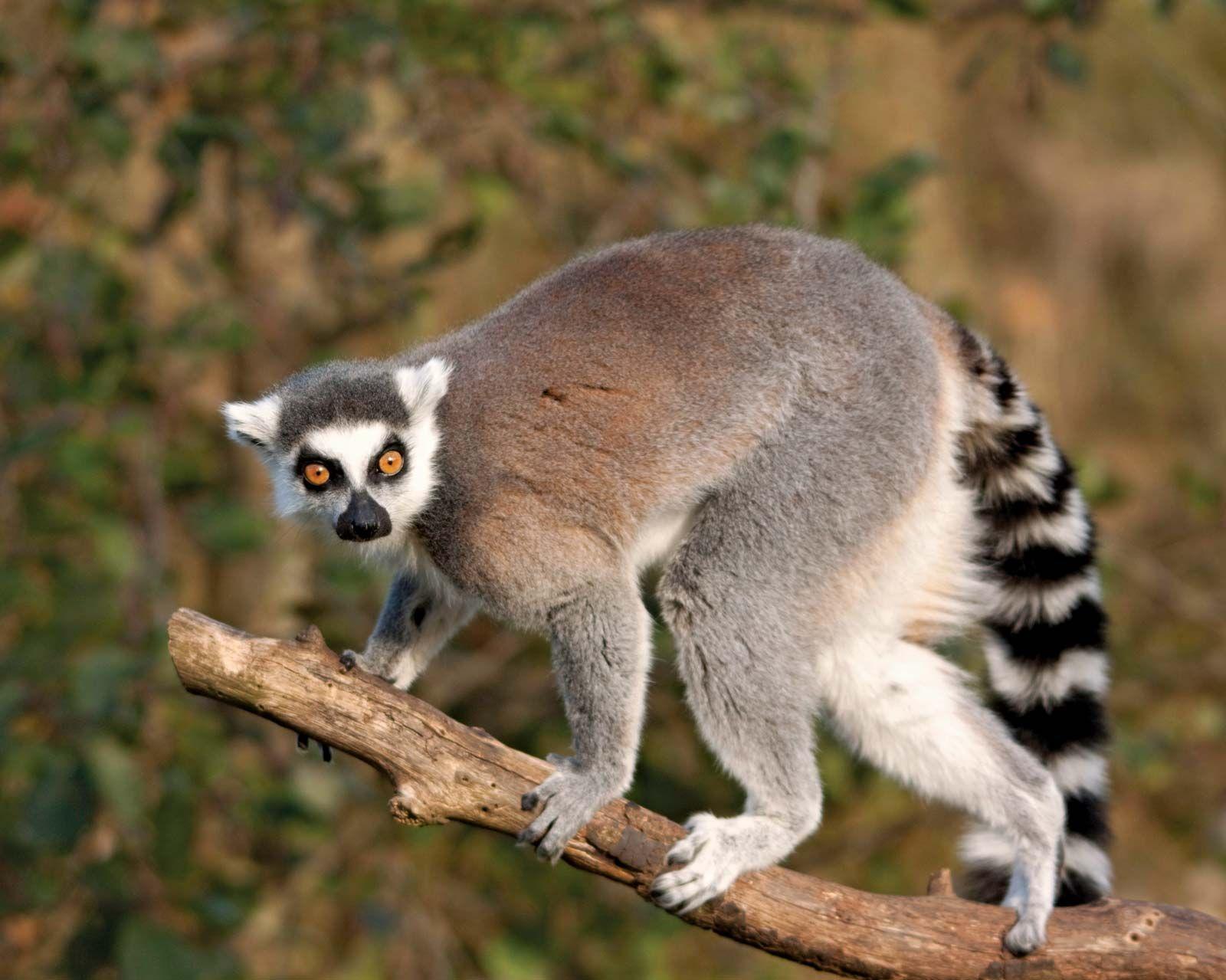
The fork-marked lemur is a nocturnal primate with large reflective eyes and a distinct fur pattern on its head. It’s one of the smallest lemurs, feeding mostly on tree gum and insects.
- Region of Habitat: Forests of Madagascar
- Scientific Name:Phaner furcifer
- Feeding Habits: Omnivorous; eats tree gum, insects, and fruit
- What Sound They Make: Repetitive, high-pitched calls and chirps
Fun Facts
Fork-marked lemurs have a specialized toothcomb and long tongue for extracting gum from trees. They are monogamous and live in small family groups. Their name comes from the fur “fork” on their forehead.
30. Five-toed Jerboa
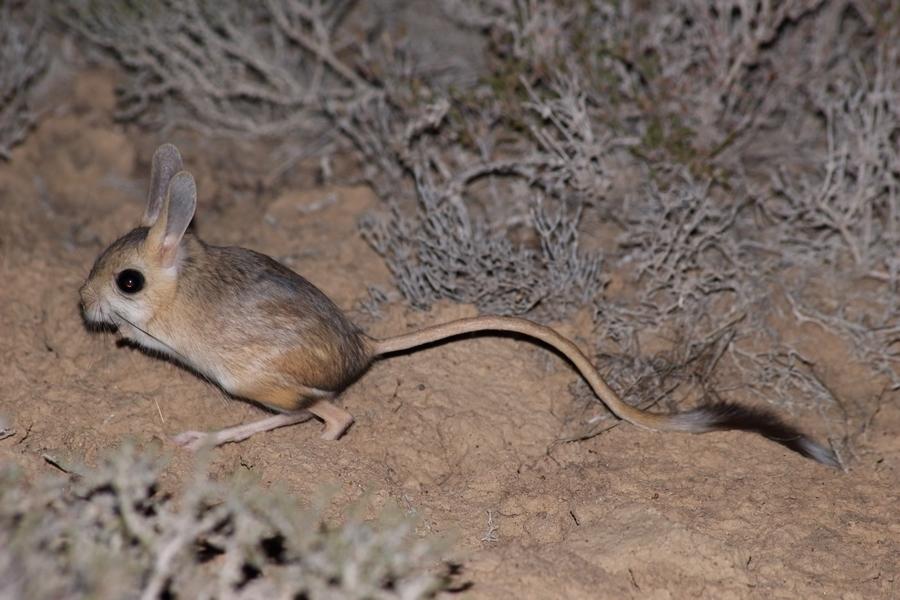
The five-toed jerboa is a desert rodent with long hind legs adapted for hopping, much like a tiny kangaroo. It is active at night and burrows during the heat of the day.
- Region of Habitat: Deserts of North Africa and Central Asia
- Scientific Name:Allactaga spp.
- Feeding Habits: Herbivorous; eats seeds, plants, and roots
- What Sound They Make: Soft thumping, rustling, and occasional squeaks
Fun Facts
Five-toed jerboas can leap over 3 feet in a single bound. Their long tails help with balance during high-speed jumps. They survive in extreme desert climates without drinking free water, relying solely on moisture from food.
The Bottom Line
From forest to desert, each “F” creature tells a remarkable tale. These mammals showcase nature’s genius—adapting with specialized traits like the fennec fox’s heat-dispersing ears or the fossa’s tree-climbing prowess.
The diversity spans remarkable habitats: the sleek fin whale gliding through deep oceans, the nimble flying squirrel soaring between trees, and the elusive flat-headed cat hunting in Asian wetlands.
Each species has developed unique survival strategies—some store fat in tails for harsh seasons, others guide using Earth’s magnetic field.
Beyond mere biological curiosities, these animals serve as ecological linchpins. Fruit bats disperse seeds, ensuring forest regeneration.
Foxes control rodent populations. The endangered Florida panther maintains balance in its ecosystem.
If you’re interested in more education & learning content, feel free to click here and explore other blogs that you might enjoy!

